Welcome to This Week’s Edition of The Carty Method Magazine!
This week, we challenged photographers to capture and create a cohesive 5-image editorial story within their niche.
Why this matters:
Magazines, brands, and publications are constantly seeking photographers who can deliver complete stories, not just single shots.
Mastering this approach opens doors to higher-paying editorial work and positions you as a visual storyteller.
Assignment Brief
CARTY gives a tight brief at the end of his photo review shows which tells us shooters what we have to shoot exactly for the following weeks review.
Here is this assignment exactly how he shares it.
“This weeks Assignment: Editorial Story”.
Create a cohesive 5-image editorial story that tells a complete narrative through photography.
Your images should work together as a series, with each frame building on the previous one to create a compelling visual story that could run in a magazine or editorial publication.
Victor Liska
What story did you set out to tell, and how did you decide the journey your images would take us on?
I wanted to capture the feeling of freedom that comes with exploring a raw, volcanic landscape by car.
The story follows the car as both a subject and a companion - from wide, rugged scenes to intimate details - mirroring the way we experienced on the Island of Fuerteventura.
How did you choose your hero image (the cover) — and why does it feel like the perfect entry point into your series?
The cover drone shot of the white car against the dark lava earth immediately sets the tone. It introduces the landscape, the vehicle, and the sense of scale in one frame, making it the strongest gateway into the journey.
In building your sequence of five, how did you make sure each frame built on the last instead of standing alone?
I thought of it like a magazine feature: start wide, then move closer and more personal.
The double-page top-down continues the car’s presence in the environment, the verticals introduce human connection and detail, and the final landscape closes the circle with mood and atmosphere.
What challenges did you face in keeping the narrative cohesive — and how did you solve them?
The challenge was balancing variety with consistency.
Using both drone and handheld camera risked creating two different visual languages.
I solved this by keeping the color palette, natural light, and the central theme of the car in the landscape consistent throughout.
Looking back, which image surprised you the most once placed in the flow of your editorial story?
The mirror shot from inside the car surprised me most.
On its own it felt small, but in sequence it became a key transition connecting the rugged landscape outside with the more personal, inside perspective.
If your series were published in a magazine tomorrow, what do you hope the audience feels, understands, or takes away from it?
I hope they feel the pull of adventure, that sense of curiosity and freedom that comes with leaving the main roads, following dirt tracks, and letting the landscape guide the story.
Social Media Handles:
Website: victorliska.com
Instagram: victorliska.photo
William Sedgwick
What story did you set out to tell, and how did you decide the journey your images would take us on?
The story was about a older man enjoying a drink at a local coffee shop.
How did you choose your hero image (the cover) — and why does it feel like the perfect entry point into your series?
I used intelligent imagination to create a portrait that resembles a magazine cover.
In building your sequence of five, how did you make sure each frame built on the last instead of standing alone?
I started with the customer viewing the menu, receiving the drink and having a pleasant experience with the staff.
I then focused on him reading a newspaper and relaxing with his drink.
I then focused on an ending.
What challenges did you face in keeping the narrative cohesive — and how did you solve them?
Lighting was the biggest problem, so I focused more on the outside setting area with natural light.
Looking back, which image surprised you the most once placed in the flow of your editorial story?
Probably the last image.
If your series were published in a magazine tomorrow, what do you hope the audience feels, understands, or takes away from it?
I would hope the story brings more attention to the coffee shop.
Social Media Handles:
Website: www.wvphotos.com
Instagram: will_sedgwick1
Nataly Bendersky Shalem
What story did you set out to tell, and how did you decide the journey your images would take us on?
I set out to spotlight the power and personality of the players in this beach volleyball semi-final — especially Anita Dave and her teammate Shahar Rosner, who clinched the win.
The series captures moments of pure focus, grit, and athleticism.
How did you choose your hero image (the cover) — and why does it feel like the perfect entry point into your series?
For the cover, I chose an image of Anita Dave — one of the standout players of the match — in an athletic stance, preparing herself just before the game begins.
It captures the anticipation and tension of that moment, making it the perfect entry point into the series.
In building your sequence of five, how did you make sure each frame built on the last instead of standing alone?
I made sure to capture a variety of moments from the match and to shoot from different angles.
Together, the images highlight the action, the players’ personalities, the beach atmosphere, and environmental details that connect the series as a whole.
What challenges did you face in keeping the narrative cohesive — and how did you solve them?
The hardest part was narrowing it down to just five images while keeping the series cohesive.
I chose shots with different angles and moments that shared the same energy, keeping the focus on the power of each individual player in the game.
Looking back, which image surprised you the most once placed in the flow of your editorial story?
Ideally, I would have ended with an image of Anita and Shahar celebrating their win, but the final image of Yahli (from the opposing team) worked better than I expected.
Her leap, the sand cloud beneath her, and the colorful hotel backdrop make it the perfect closing note — energetic, full of motion, almost like an exclamation point.
If your series were published in a magazine tomorrow, what do you hope the audience feels, understands, or takes away from it?
Through these photos, I want the audience to feel what I felt that day — the blazing sun, the grit of the sand, the tension in the air.
Most of all, I hope they come away with a deep appreciation for the strength, focus, and dedication of these incredible female athletes.
Social Media Handles:
Website: letyourselfshow.com
Instagram: letyourselfshow
Samuel Saling
What story did you set out to tell, and how did you decide the journey your images would take us on?
My idea was to showcase a building during the whole day, from morning light to night light conditions.
How did you choose your hero image (the cover) — and why does it feel like the perfect entry point into your series?
Because it shows the location empty, without cars or people, the rest adds life picture after picture.
In building your sequence of five, how did you make sure each frame built on the last instead of standing alone?
Pictures slowly revealed all sides of the building, slowly adding busyness..
What challenges did you face in keeping the narrative cohesive — and how did you solve them?
Especially hard were weather conditions, it was raining a lot, plus I faced a lot of schedule issues, because august was our travel month.
Therefor I had limited timeslots during 4 days to capture all photographs.
Looking back, which image surprised you the most once placed in the flow of your editorial story?
I think it was the night shot with the well lit building and light painting from the cars.
It took forever to capture, but was well worth it.
If your series were published in a magazine tomorrow, what do you hope the audience feels, understands, or takes away from it?
I believe it shows that architecture can breathe and with all the noise humming around makes it almost alive.
Social Media Handles:
Website: www.saling.photo
Instagram: samuel_saling
Allison Diller
What story did you set out to tell, and how did you decide the journey your images would take us on?
I wanted to highlight the activity of a local business...to show people working and to show customers in the shop.
How did you choose your hero image (the cover) — and why does it feel like the perfect entry point into your series?
When I first went into the shop, Myles stood out as the most communicative.
He seemed like he would be the one to welcome any new customers, so I chose to highlight him as the entry point for the story as well.
In building your sequence of five, how did you make sure each frame built on the last instead of standing alone?
I used my frames to weave through a typical visit to the shop - starting with walking in and being greeted by Myles to showing the barbers in-action, then lastly showing a final result.
What challenges did you face in keeping the narrative cohesive — and how did you solve them?
There were two challenges I experienced once I got my images home.
First, I wasn't completely sure how I wanted to tell the narrative start-to-finish. I had taken some detail shots of products and tools around the shop, but in the end, I didn't have the right shots to fit into the sequence the way I wanted.
Second, I realized I hadn't photographed enough verticals.
This meant I had to work with the best verticals I had for the narrative and select horizontal images that would fill in the gaps.
It also meant I had to toss some of my favorite shots from the day.
But the narrative should drive the sequence, not the affinity towards a specific image.
Looking back, which image surprised you the most once placed in the flow of your editorial story?
N/A
If your series were published in a magazine tomorrow, what do you hope the audience feels, understands, or takes away from it?
I want their potential clients to feel like they're relatable...
A bunch of hard-working guys doing what they love.
Social Media Handles:
Website: allisondiller.com
Instagram: allisondiller
LinkedIn: allison-diller
Mats Karlsson
What story did you set out to tell, and how did you decide the journey your images would take us on?
I wanted to show a day of an interior designer working on a client project. Including a portrait but also to show some of the work done during the process.
How did you choose your hero image (the cover) — and why does it feel like the perfect entry point into your series?
I choose a portrait as cover.
I thought it would make a good introduction of the designer for the article.
The editorial was made to sell her services through a magazine article.
In building your sequence of five, how did you make sure each frame built on the last instead of standing alone?
I am not sure I quite made that happen, they were more like different shots from the project.
I need to work on making a better story the next time.
What challenges did you face in keeping the narrative cohesive — and how did you solve them?
I made every photo a piece of the puzzle to tell the story.
I involved the designer in some of the photos and I also used the drawings she made on several photos through the editorial to keep it all together in the project.
Looking back, which image surprised you the most once placed in the flow of your editorial story?
The photo showing fabrics and a metal handle, I thought was a bit different and added something to the editorial.
But I realized from the feedback received that it was not obvious for someone else what I was trying to show. I learned something from that.
What was obvious for me who made the photos, was not obvious for someone else watching the editorial.
If your series were published in a magazine tomorrow, what do you hope the audience feels, understands, or takes away from it?
I would want the viewer to get inspired and wanting to hire this interior designer.
Social Media Handles:
Website: matskarlssonphotography.com
Instagram: matskarlssonphotography
LinkedIn: mats-karlsson
Doyle Daniels
What story did you set out to tell, and how did you decide the journey your images would take us on?
I wanted to introduce my stepdad and his passion to the photographic world I’m a part of.
He’s always been a larger-than-life figure to me, and he’s been running his own business—doing what he loves—longer than I’ve been alive.
In some ways, this project was also about familiarizing myself more with his world.
How did you choose your hero image (the cover) — and why does it feel like the perfect entry point into your series?
I wanted a portrait of him at the swinging door—the threshold between the waiting room and the shop floor.
The space is small, but the walls are crowded with knickknacks and tchotchkes, each a fragment of his story.
Placing him there, where every customer has paused before stepping into his world, felt less like a soft tribute and more like a statement—a way to show the grit, weight, and presence he’s carried through a lifetime of work.
In building your sequence of five, how did you make sure each frame built on the last instead of standing alone?
I wanted to start with a cover portrait—a strong opener—then move into an image of him in action.
From there, the story shifts to what a lifetime of work has taken from him: leathered hands, contorted fingers, and scarred skin.
The cost of his craft isn’t abstract—it’s been paid slowly, in blood, sweat, and years.
What challenges did you face in keeping the narrative cohesive — and how did you solve them?
Time was the biggest hurdle.
My schedule and his don’t line up easily—I work nights, and he’s retired now, only spending a few hours a day at the shop.
That meant splitting the project into several shoots, and honestly, I’m not sure I pulled it off the way I hoped. One of the images just got away from me.
Looking back, which image surprised you the most once placed in the flow of your editorial story?
I’m close to the story and the subject, so not much really surprised me.
If anything, it was the work-in-progress shot. It just fell flat—Carty was right to call it out. I rushed it, lit it wrong, and framed it poorly.
On its own it’s a fine picture, but it doesn’t feel like me, and it doesn’t flow with the rest of the images.
If your series were published in a magazine tomorrow, what do you hope the audience feels, understands, or takes away from it?
If my series were published in a magazine tomorrow, I’d hope the audience sees more than just portraits of a man in his shop.
I’d want them to feel the weight of a lifetime spent doing what he loves—the grit in his hands, the character in his face, the small details that make a space his own.
I’d want them to understand that work leaves marks, not just on the walls around us, but on our bodies and our presence.
Most of all, I’d hope they walk away with a sense of respect—for someone who’s poured years, sweat, and a piece of himself into the work.
Social Media Handles:
Website: doyledaniels.com
Instagram: doyledanielsphotography
Daveed Holmes
What story did you set out to tell, and how did you decide the journey your images would take us on?
The story I wanted to tell was how a mother and daughter can work together for their dental hygienist school, Evolution Training Academy, in Northwest Indiana.
Her daughter actually needed a service done, so we documented it.
How did you choose your hero image (the cover) — and why does it feel like the perfect entry point into your series?
My hero image was to show unity in a field that is a necessity for our daily life and to highlight Latin women who own their business that serve their community in a high level.
In building your sequence of five, how did you make sure each frame built on the last instead of standing alone?
My goal was to introduce the main characters. Initially, we were going to have an extra patient, but they became unavailable at the last moment.
The great thing was her daughter actually needed a service, so we used that to show the work in real-time.
We also had the images of the founder teaching her assistant, and a singular pose of the owner right when you open the door.
Show the heroes, show them at work, and you see the Founder with an excellent smile as you leave as a reflection on how you feel about your after getting treatment.
What challenges did you face in keeping the narrative cohesive — and how did you solve them?
One of the main challenges was the office was very tight.
It was difficult to set up the light because the wood was very reflective.
Since they were medium-complected, the challenge was expose their skin properly, but also with the instruments, many of which were white.
Also, I know now to do a sweep of the facility to move anything out of the way that does not directly tell the story.
Going forward, this helped me think like a film director.
If it tells the story in the best way, cool.
If not, remove it from the frame.
Looking back, which image surprised you the most once placed in the flow of your editorial story?
It was the image of the founder and assistant.
There was a sense of pride between them, not just as founder and assistant, but a daughter who can be proud that her mother created a school and a business where they work for themselves to create generational impact.
If your series were published in a magazine tomorrow, what do you hope the audience feels, understands, or takes away from it?
I would love for my audience to see that you can create a pathway in an industry.
It takes boldness, ingenuity, and a desire to create something that will outlive you.
In addition, it helps signal to other Latin women that you can create your own lane without someone else’s permission.
Social Media Handles:
Website: apertruephotography.com
Instagram: apertrue_photography
Facebook: Apertrue Photography
LinkedIn: daveedholmes
Liza Heider
What story did you set out to tell, and how did you decide the journey your images would take us on?
The story I wanted to tell was mixing people and fashion with luxury furniture.
The journey for this body of work began with my love and infatuation with the Roche Bobois Paris brand.
I walked by the Roche Bobois Seattle showroom for months and was immediately enamored with the beautiful furniture and fixtures, so decided to research the company.
One day while walking home from some errands, I decided to walk into the showroom and look around.
The store manager approached me and did the usual ‘hello and welcome, how can I help you?’ chatter.
I told the manager how much I admired the quality and beauty of the Roche brand.
The manager, Chris, then told me to take a browse around the showroom.
After browsing the store, I approached Chris and told him how much I would love to photograph models inside the shop.
He said that sounded interesting and asked me if I had a website.
We then exchanged business cards and began to communicate over email.
After about four months of communications, I got permission to photograph models in the Seattle showroom.
How did you choose your hero image (the cover) — and why does it feel like the perfect entry point into your series?
There were several images I could have chosen as the cover, and I just went with Erin lounging on the butterfly chair, in particular because of the ample headspace for a magazine logo.
In building your sequence of five, how did you make sure each frame built on the last instead of standing alone?
Whenever I study editorials in Vanity Fair and Vogue, I noticed how each page and backdrop is different, even if the photographer is covering one person.
Photographing four models and making every scene look different was my intention.
What challenges did you face in keeping the narrative cohesive — and how did you solve them?
The manger gave me five hours to shoot and this included set up, shooting and breakdown.
I had to work fast and there was a feeling of pressure as to how many furniture pieces I wanted to photograph.
I needed to plan and streamline the shoot and this involved putting together a timeline and a Call Sheet (thanks to Carty, his Call Sheet worked out beautifully).
I worked with a fashion stylist a few weeks ahead of the shoot.
We emailed images back and forth, talked about mood boards and worked together on which models go where and how to style them.
My stylist brought two racks of beautiful clothing.
Having a professional stylist put together my models was a game changer.
I had more material than I needed and choosing a small handful of finals made my process difficult—and then an obsession kicks in as to which images to select.
We’ve all been there when we edit.
You just have to go with something and move on from the process.
I wished I could have submitted more, but having more than enough content is a wonderful problem to have.
Looking back, which image surprised you the most once placed in the flow of your editorial story?
I think the bold colors and pop of the woman in the bright yellow Puccini suit and use of the giant fishbowl was a fun way to end the series.
The color scheme went all over the place and that was kind of fun.
If your series were published in a magazine tomorrow, what do you hope the audience feels, understands, or takes away from it?
I’ve noticed how most furniture companies don’t taken advantage of people when photographing their furniture brands.
I’d love to share a new perspective in having people mixed with furniture.
Styling and mixing fashion with furniture is also lot of fun.
Social Media Handles:
Website: lizaheider.com
Nick Johnson
Social Media Handles:
Instagram: nickjohnsonphoto
Website: nickjohnson.net
Do you want to have your work reviewed by a 34-year pro?
Subscribe to CARTY on YouTube
Join the Carty Method Photo Reviews
If you're ready to elevate your photography skills, cultivate a winning mindset, and become part of a vibrant, supportive community, subscribe to CARTY on YouTube, go to TheCartyMethod.com, and join the Carty Crew Community.
For those looking to submit their work and receive professional feedback, Carty’s Photo Reviews is the perfect opportunity.
New to what CARTY is doing?
👉🏾 Carty a Pro Photographer, Director, and Educator based in Toronto, CA.
His goal is to educate and connect a global network of visual creators.
👉🏾 Mindset Shifts and Immersive Pro Education on YouTube 👈🏾
Learn more about CARTY and see his work at 👉🏾 SteveCarty.com
Join his photographer’s community 👉🏾 TheCartyMethod.com/community
Work with him 👉🏾 theCartyMethod.com
Book a Free 15-minute Zoom Chat
Subscribe to The Carty Method to see the best new photographers from all over the world level up right before your eyes. Weekly photographer transformations are happening right now.
Become a smarter photographer in 5 minutes a week by Subscribing to CARTY on Substack.
Watch the live replay of this photo submission - Part 1
Watch the live replay of this photo submission - Part 2
Carty is a Pro Photographer, Director, and Educator based in Toronto, CA.
His goal is to educate and connect a global network of visual creators.
👉🏾 Mindset Shifts and Immersive Pro Education on YouTube 👈🏾
Learn more about him and see his work at 👉🏾 SteveCarty.com
Join his photographer’s community 👉🏾 TheCartyMethod.com/community
Work with Him 👉🏾 theCartyMethod.com
The Carty Method Instagram @TheCartyMethod


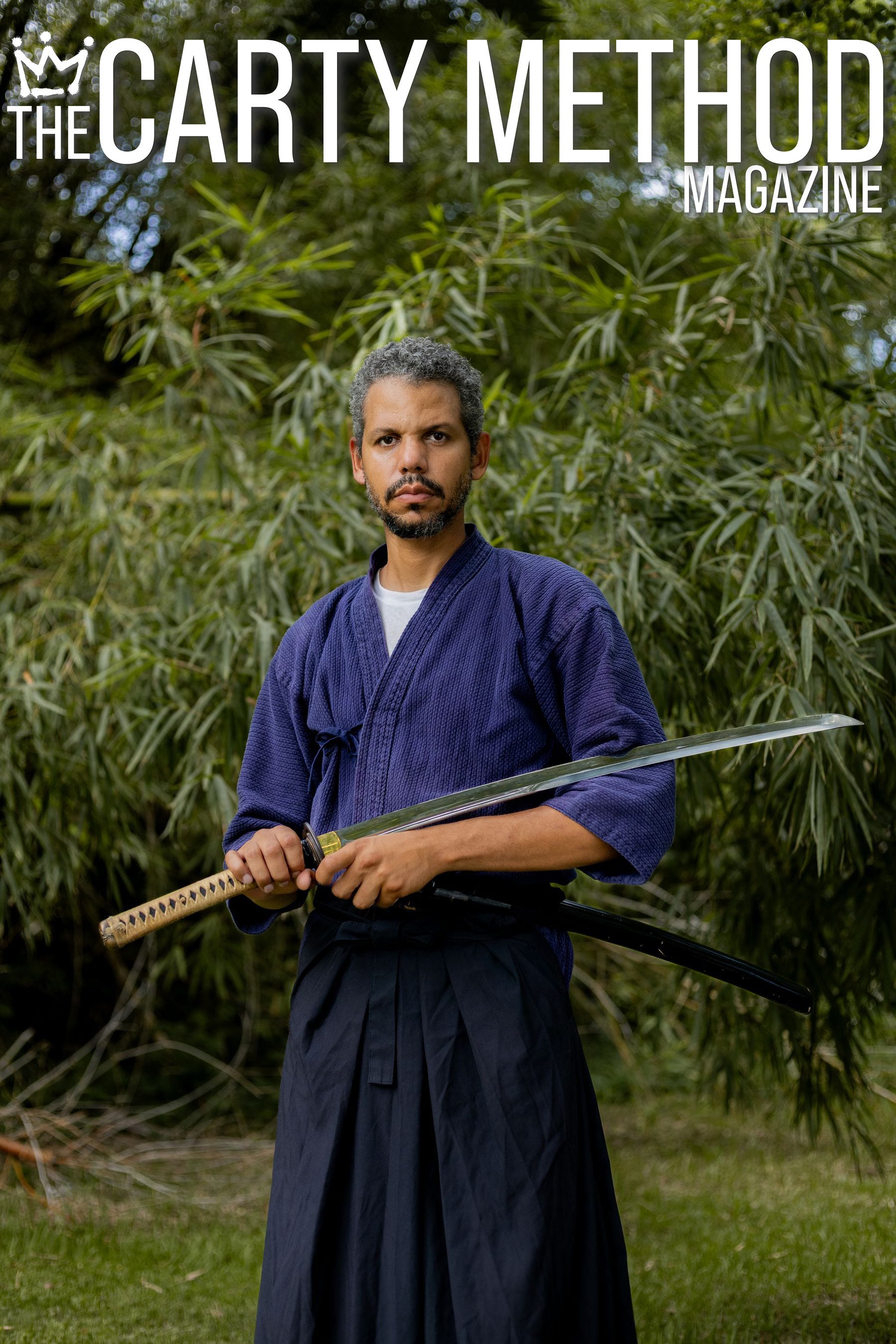
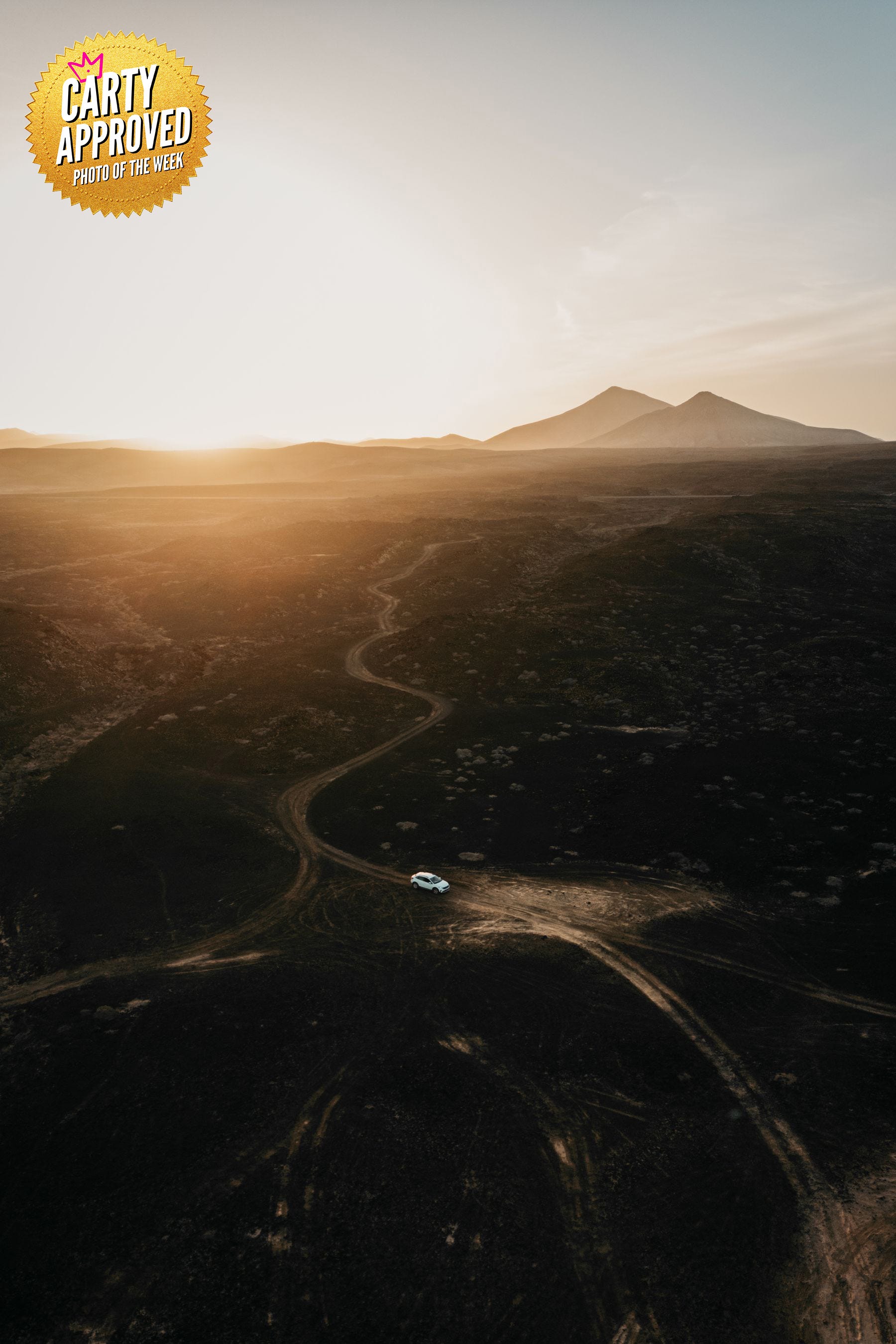
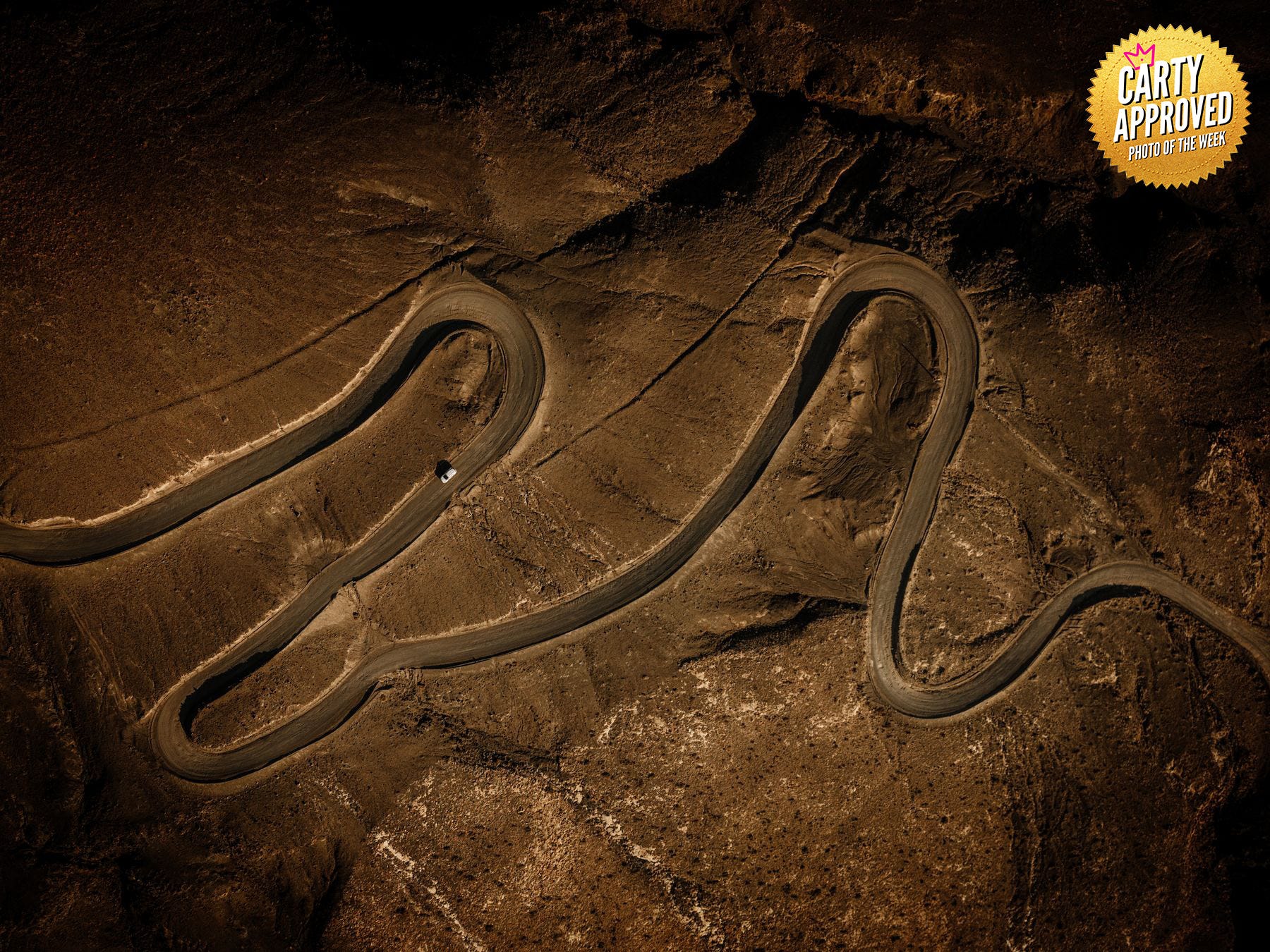
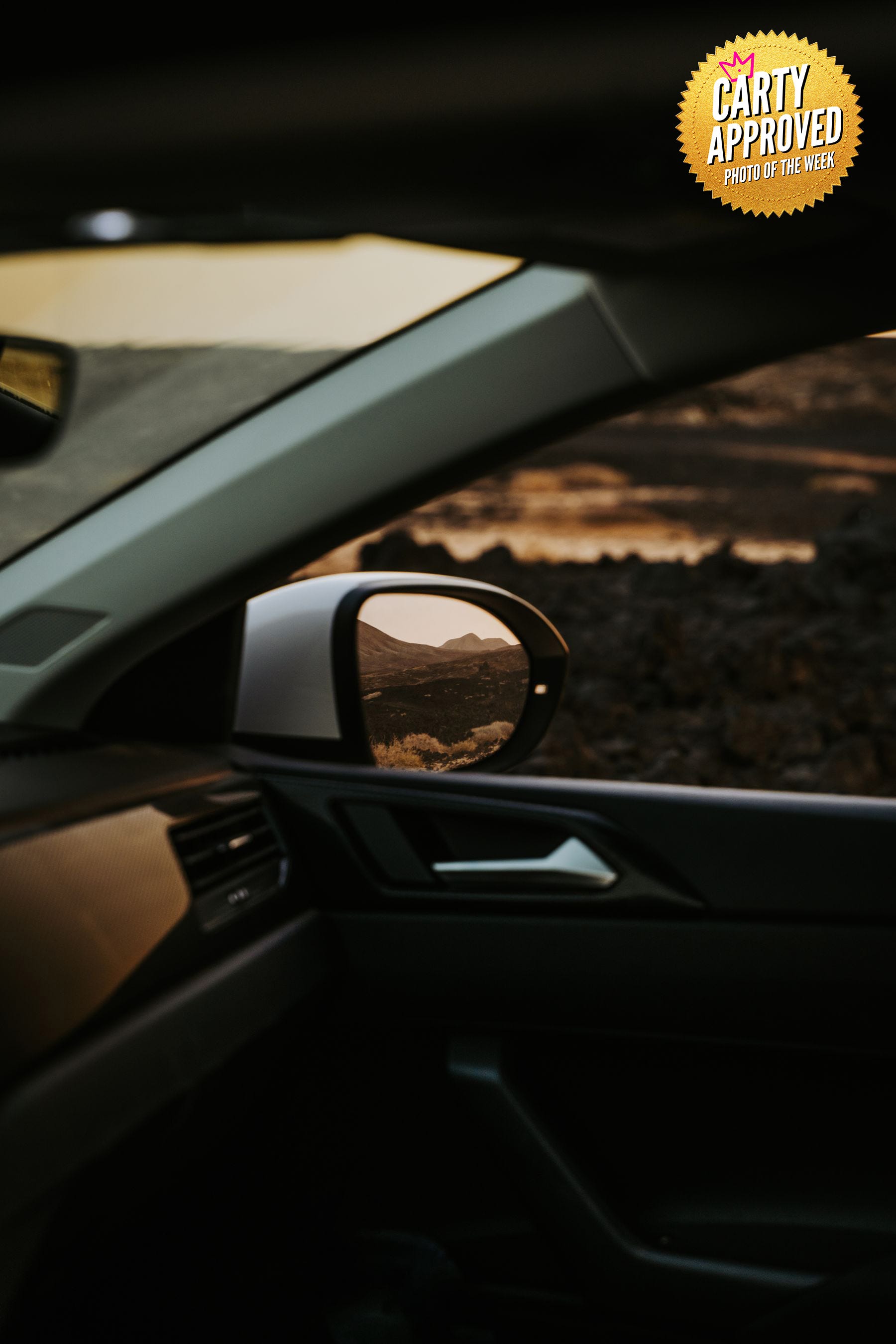
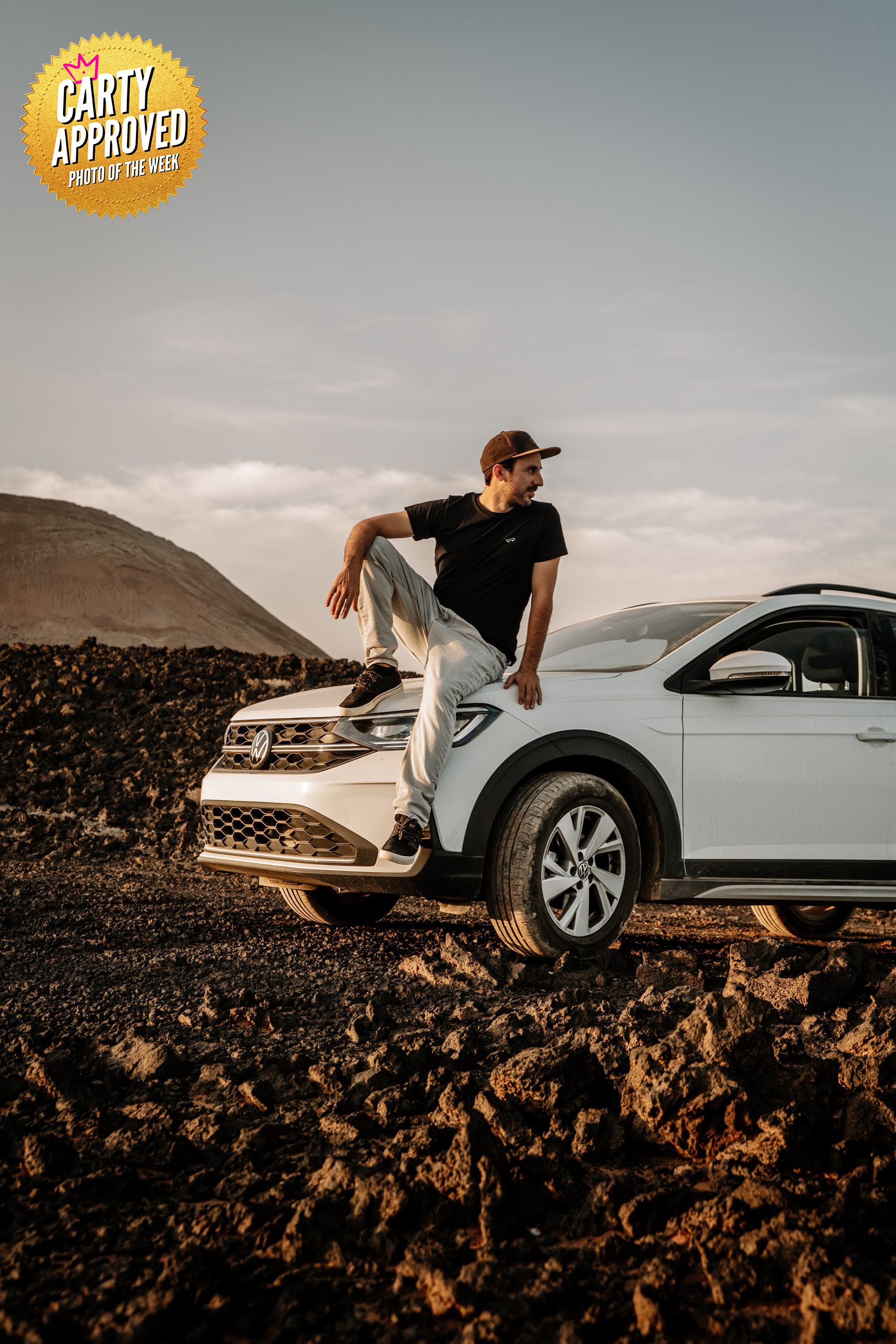
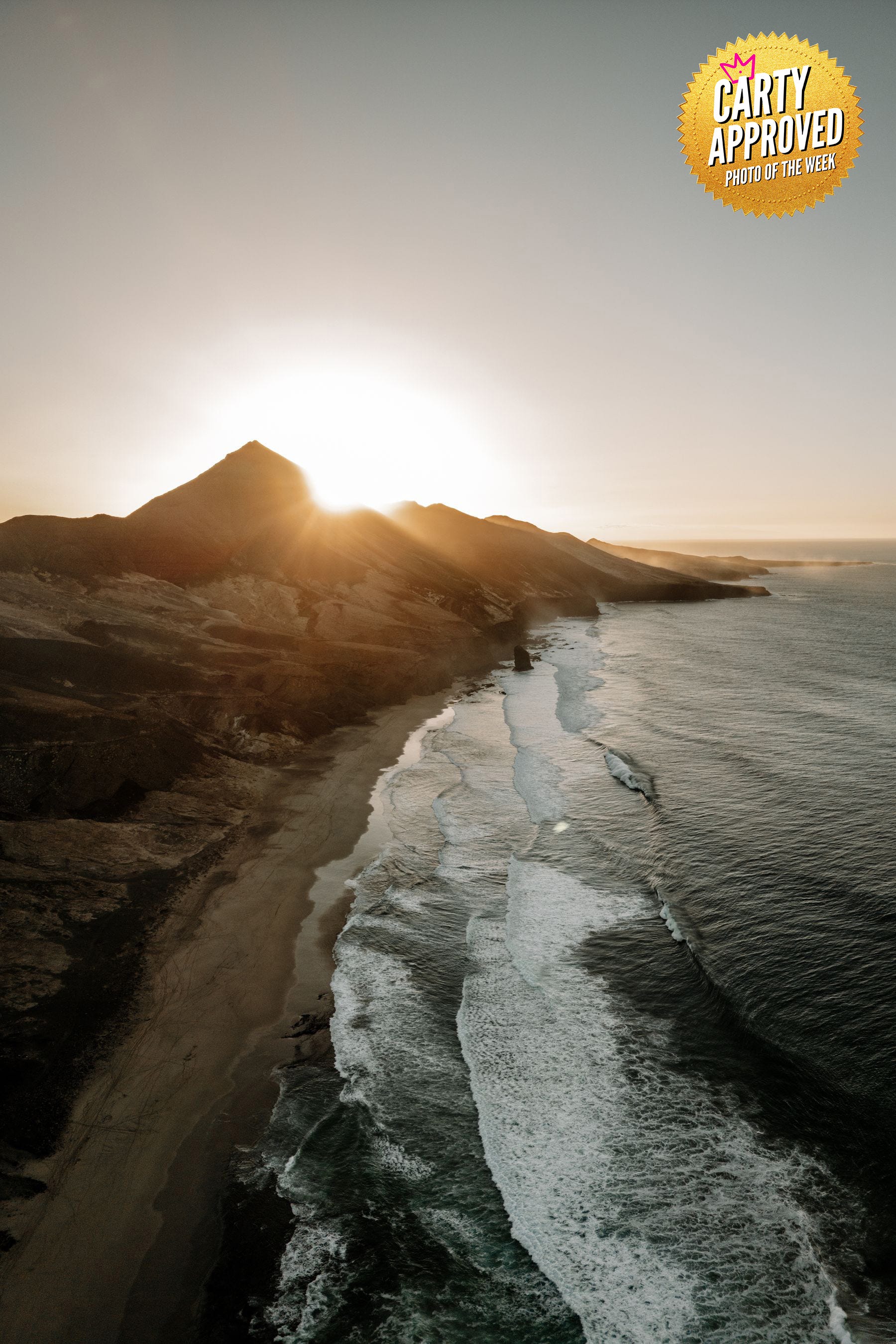
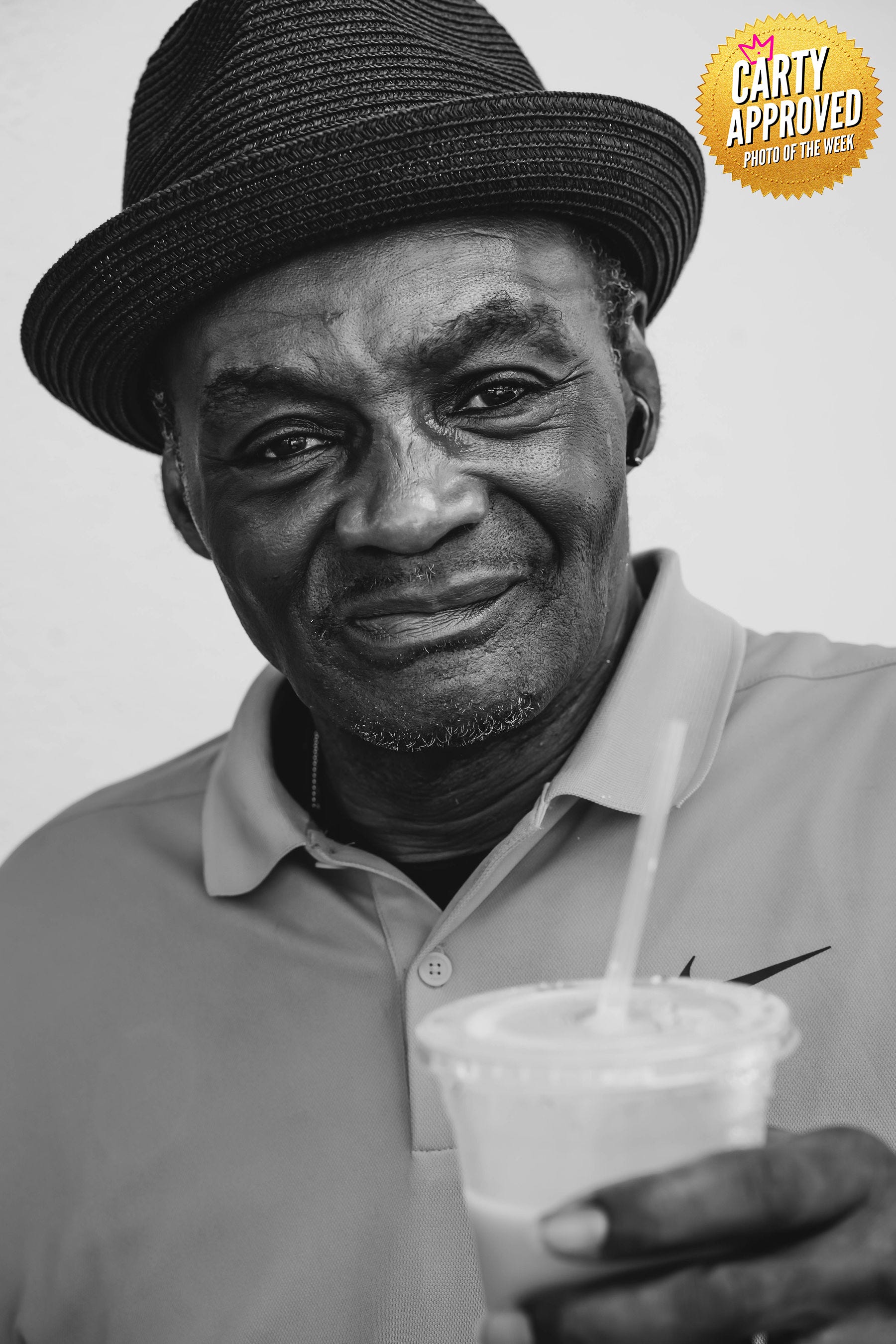
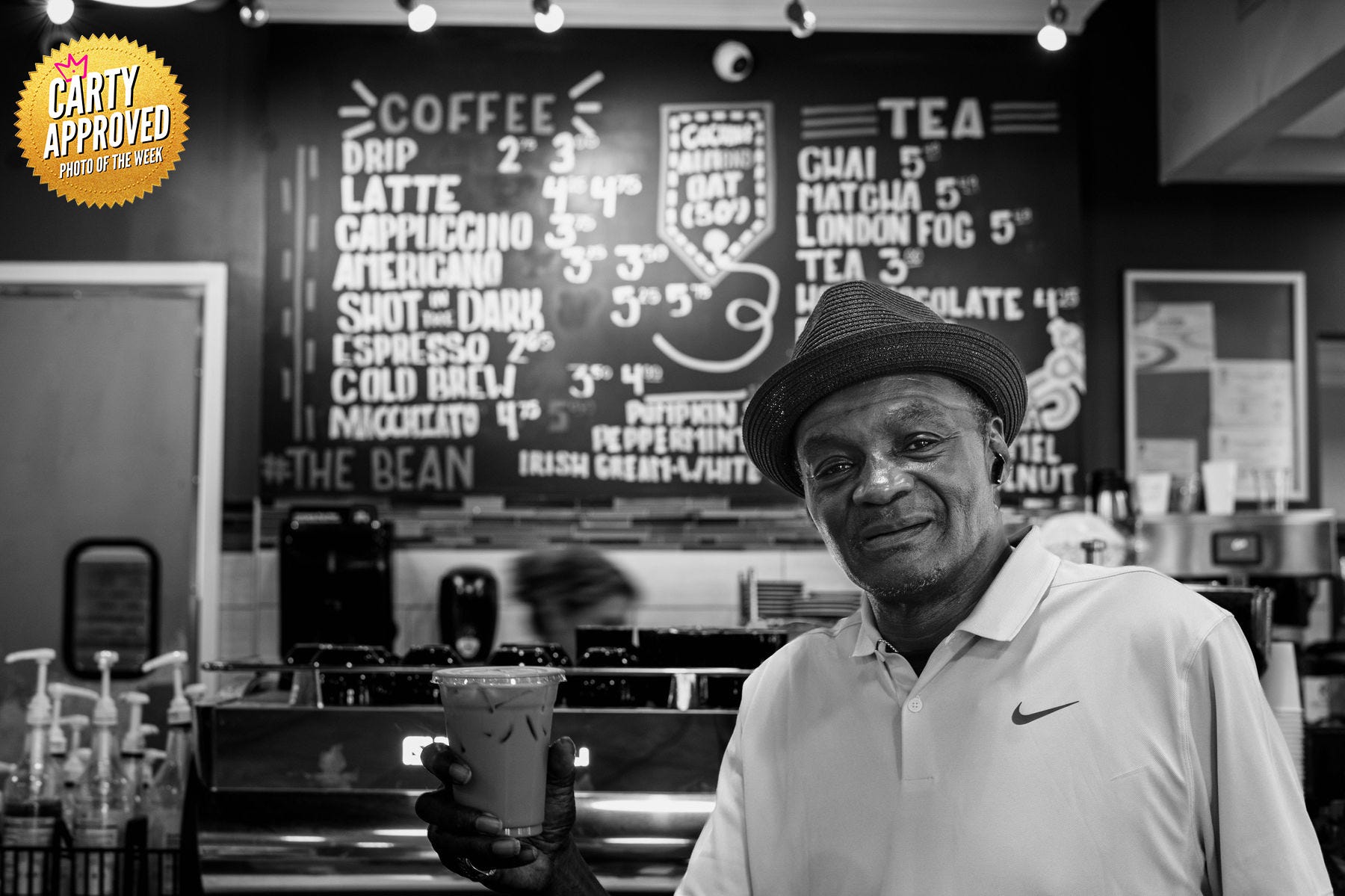
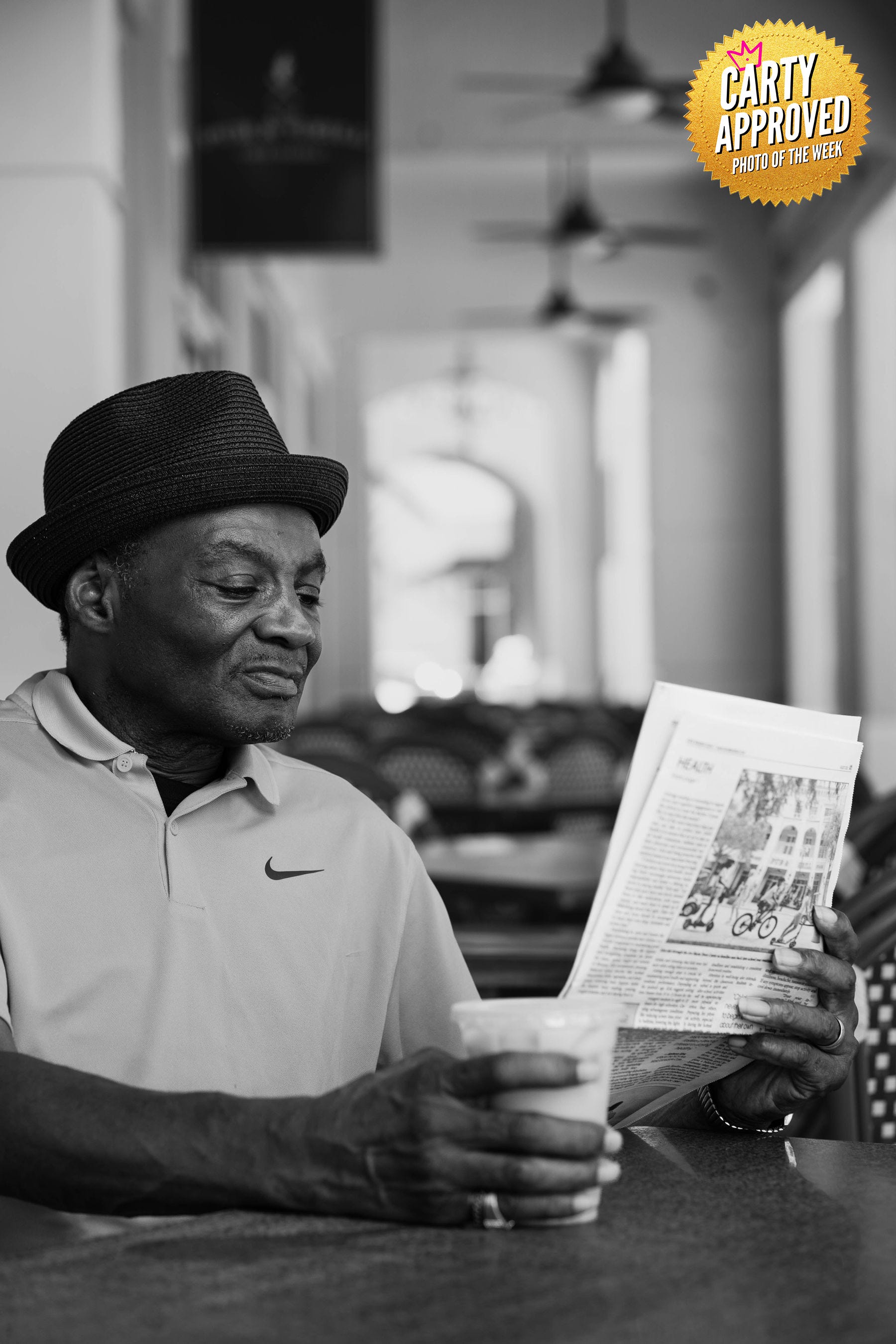
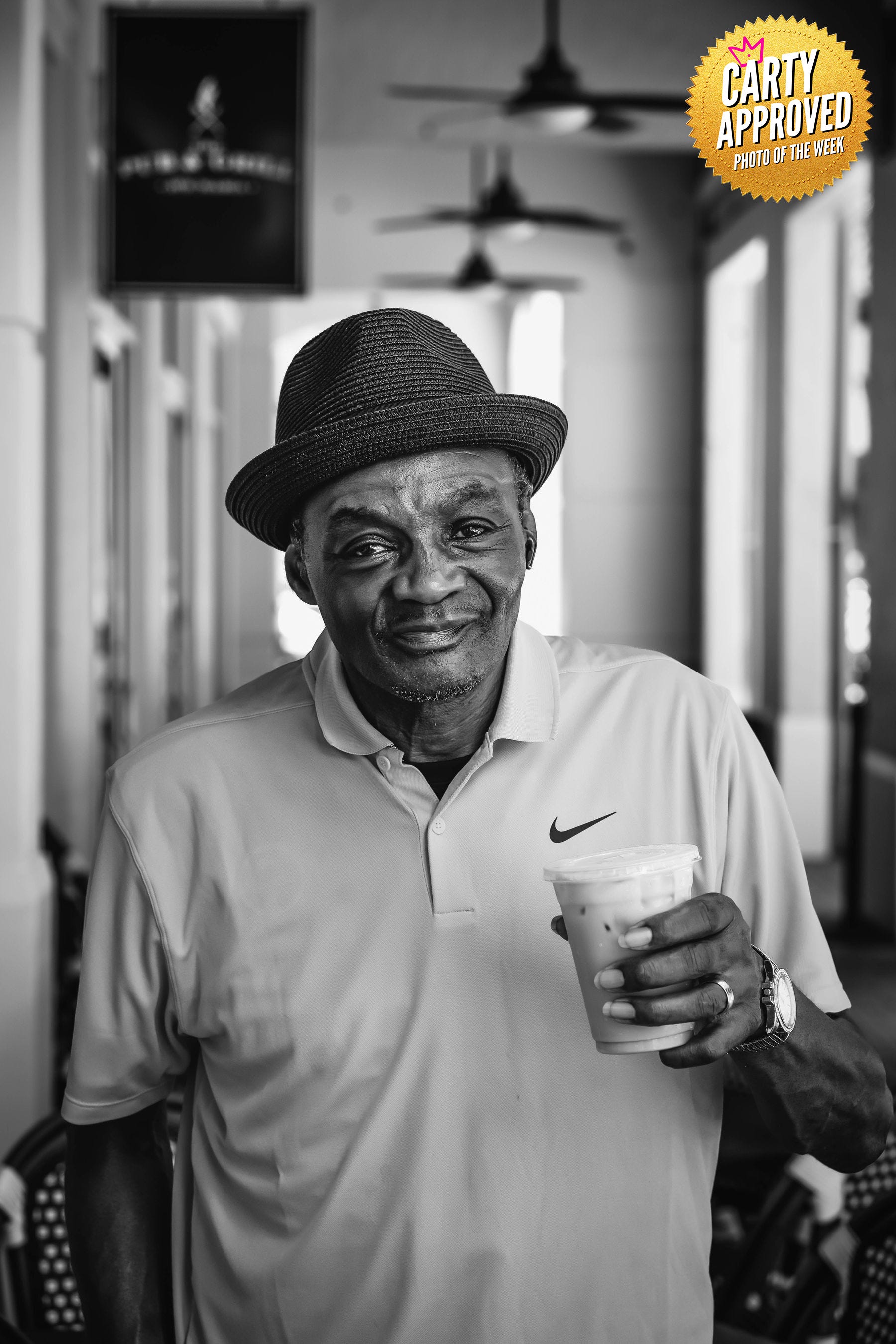

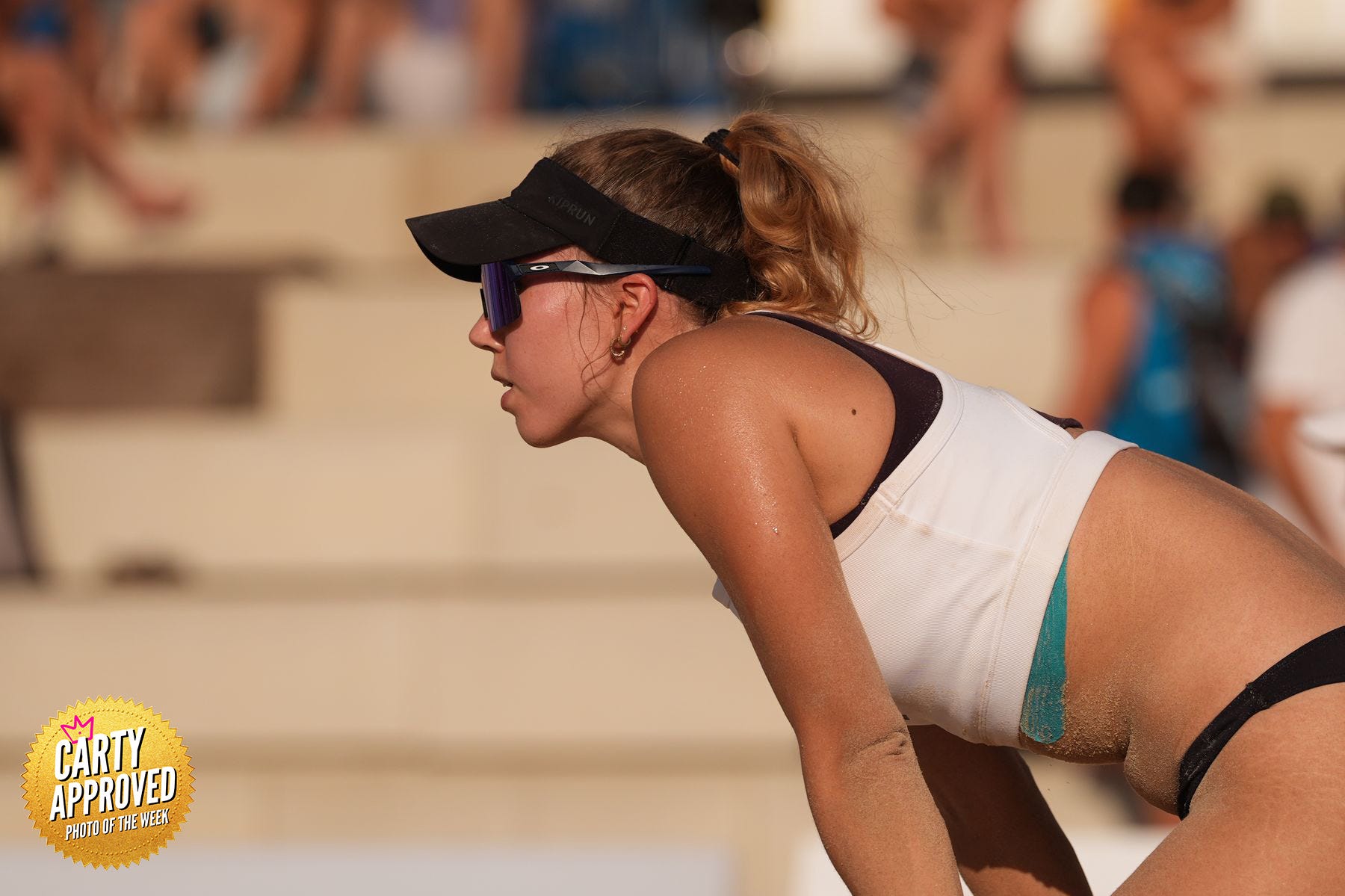

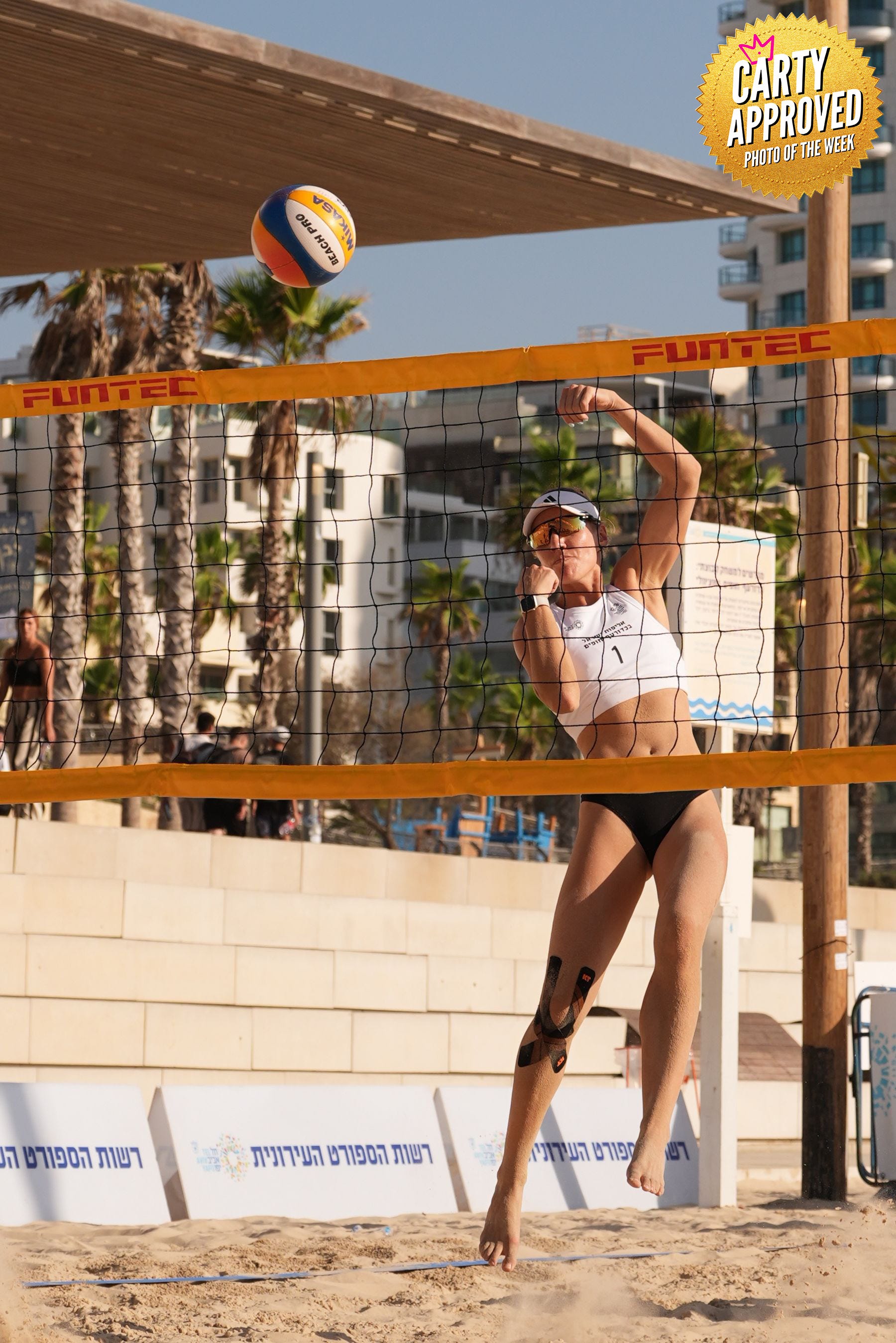
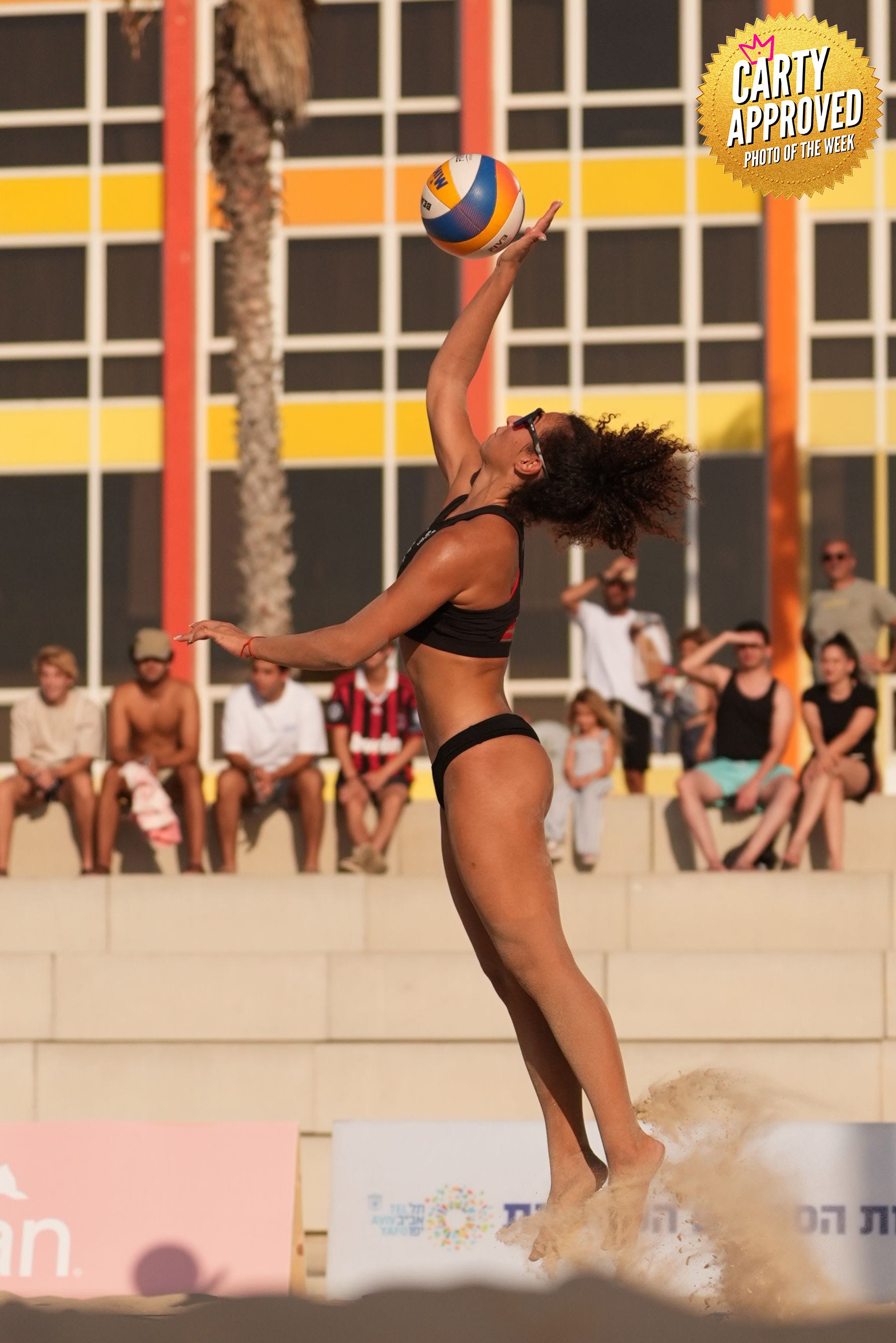
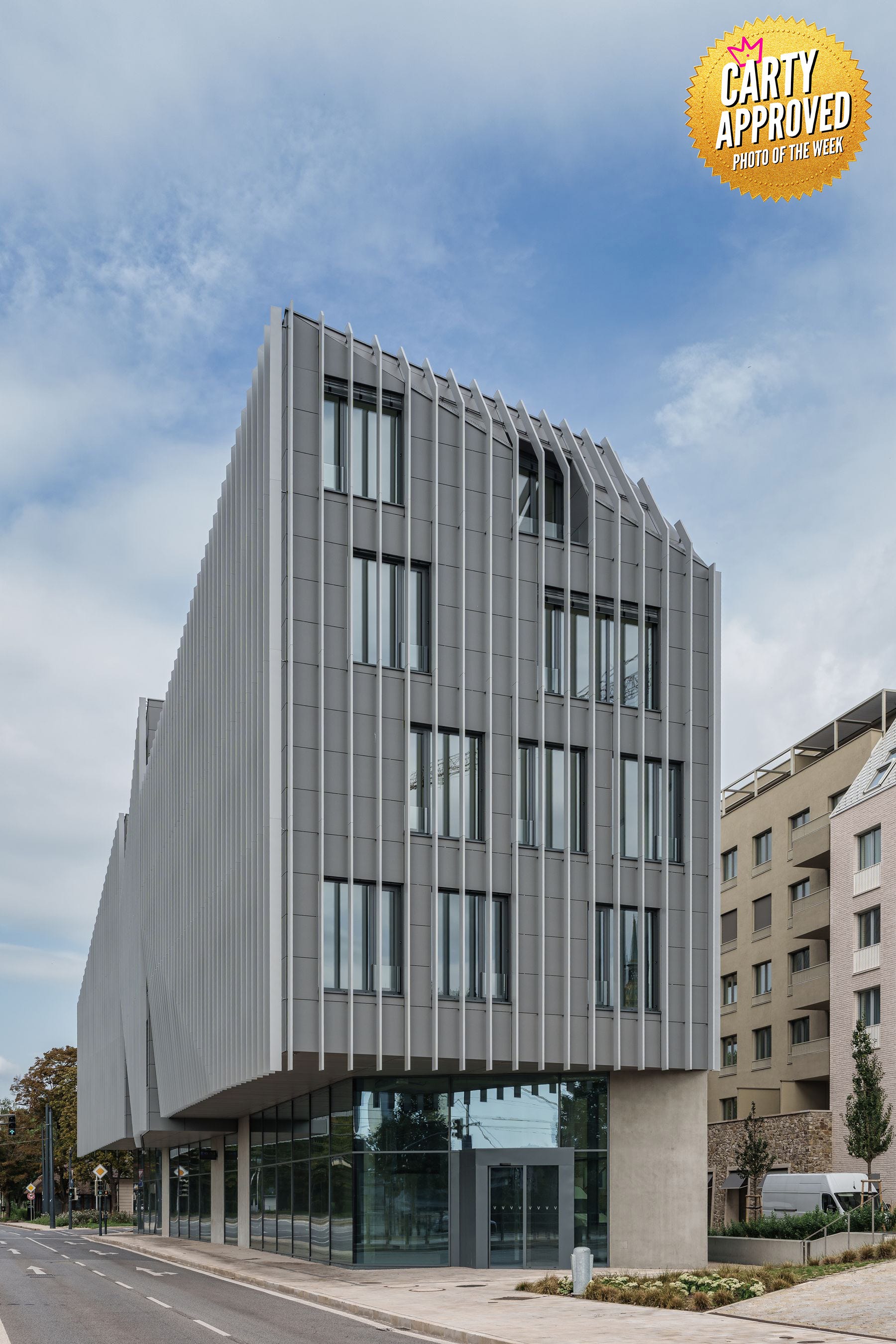
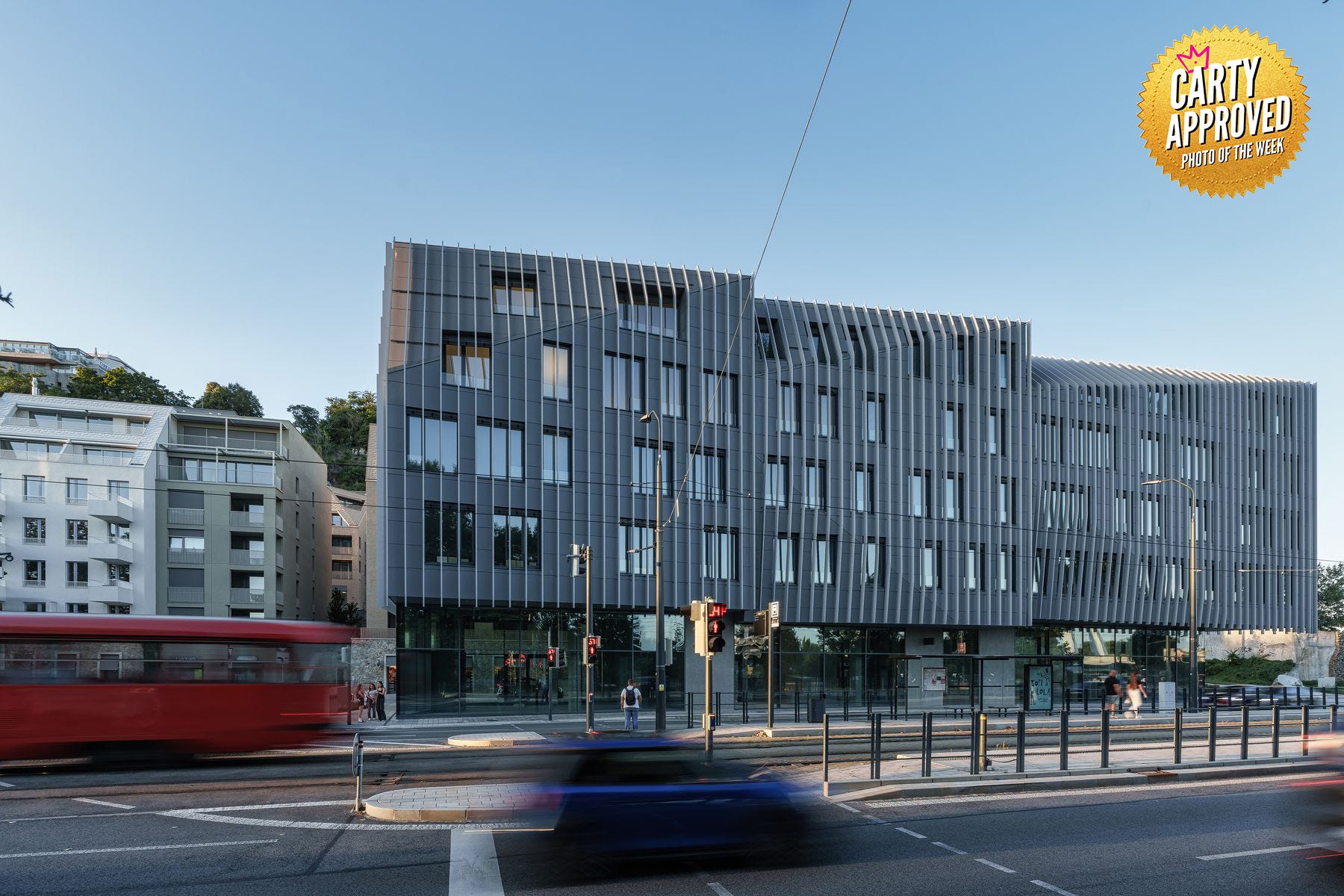
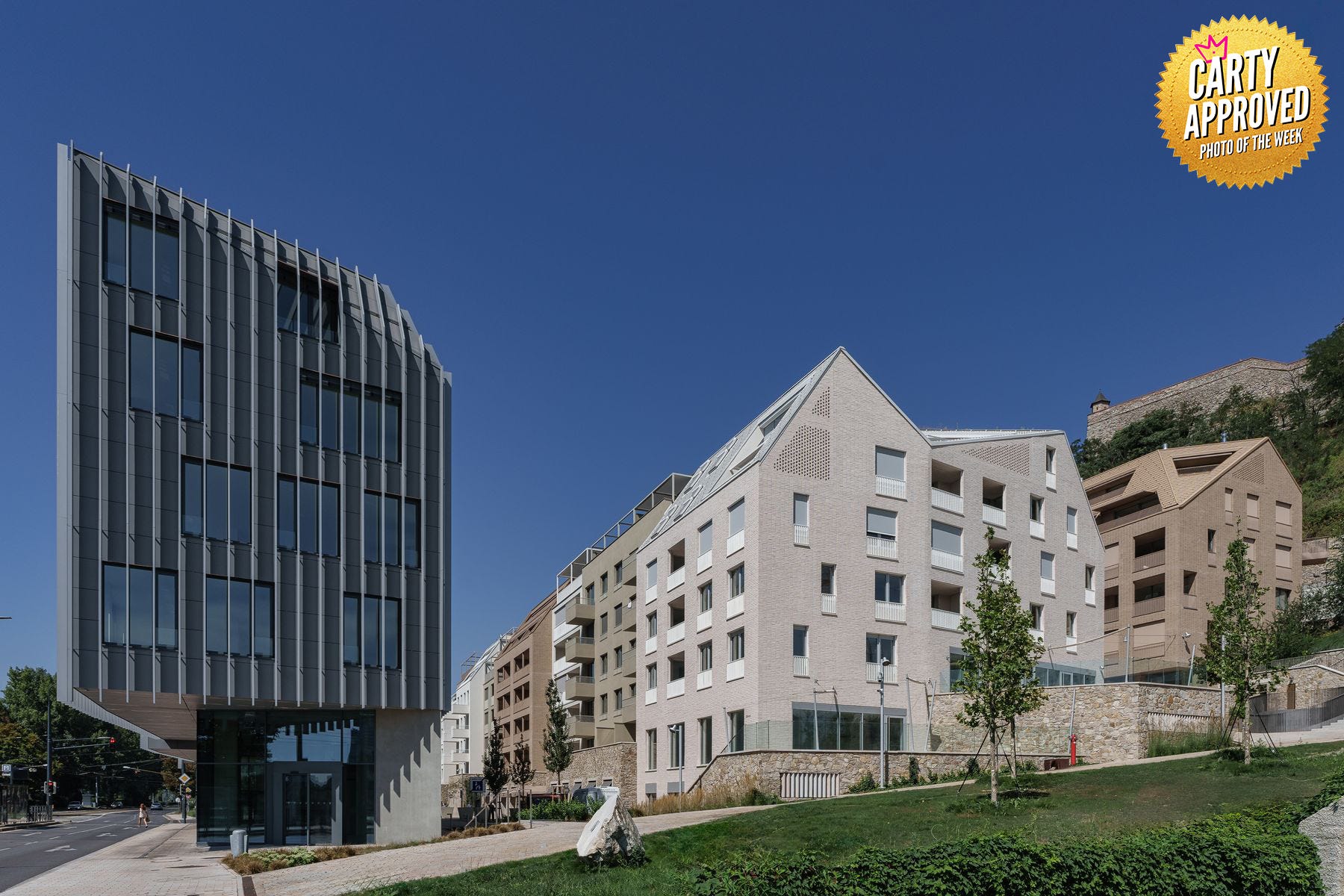

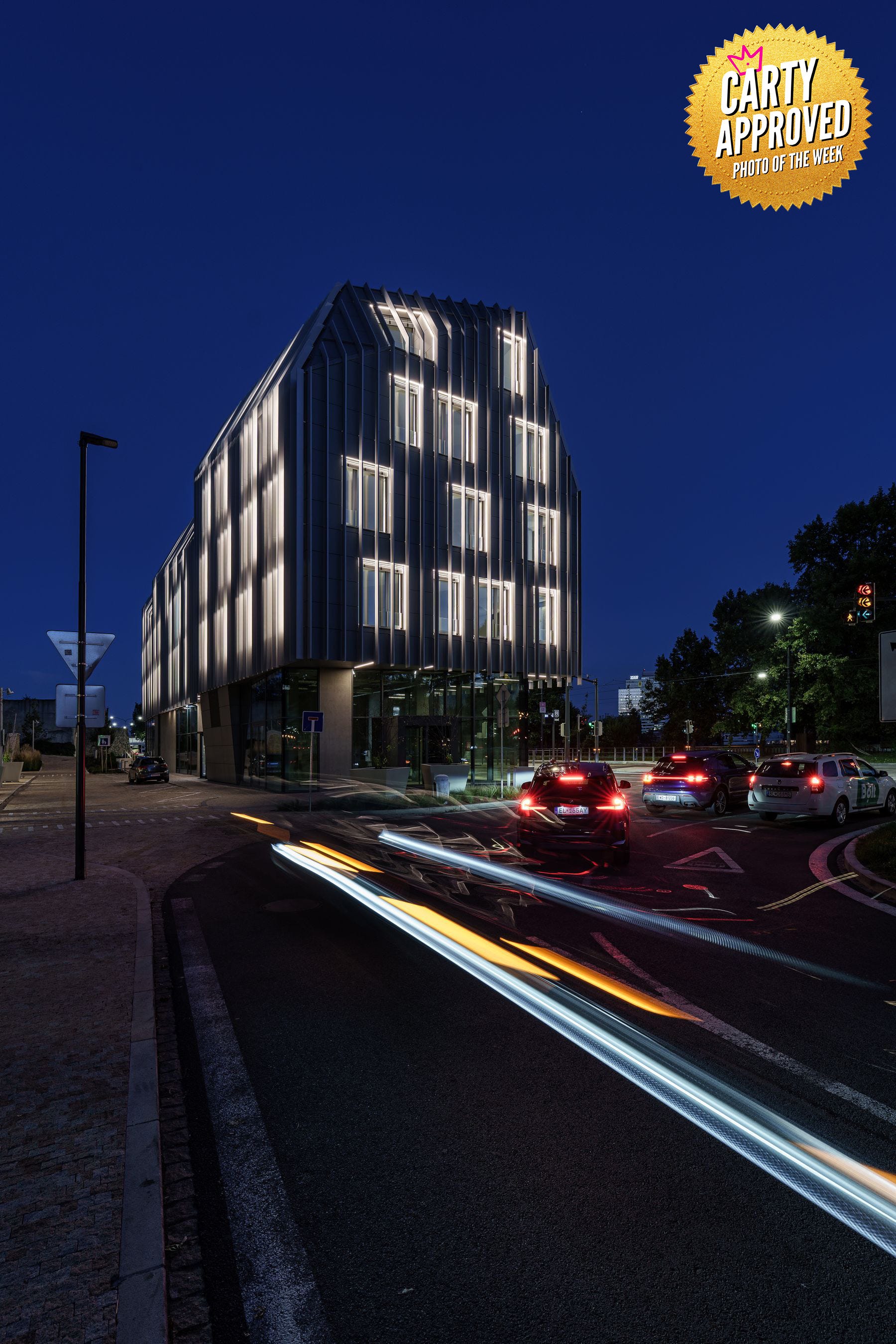
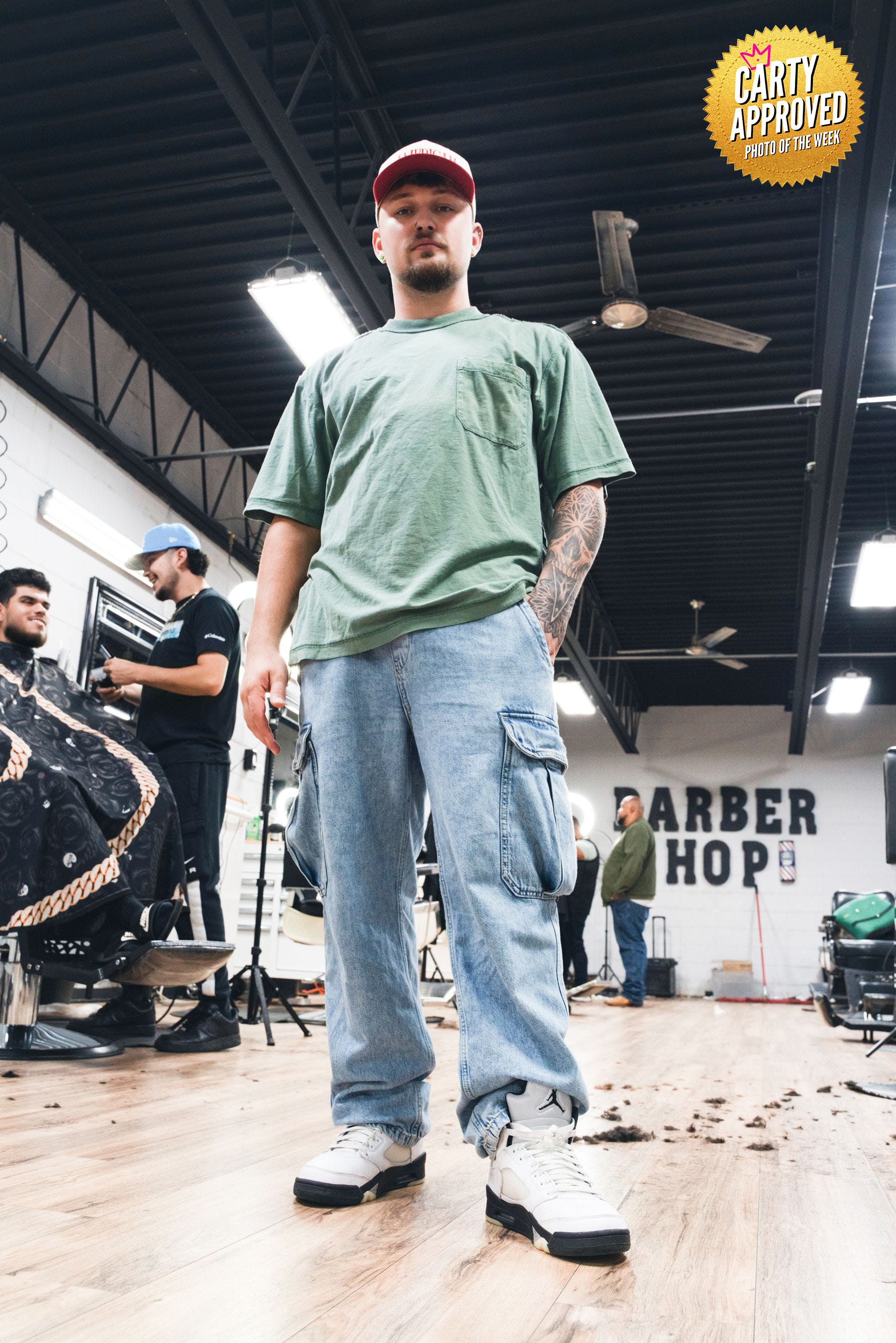
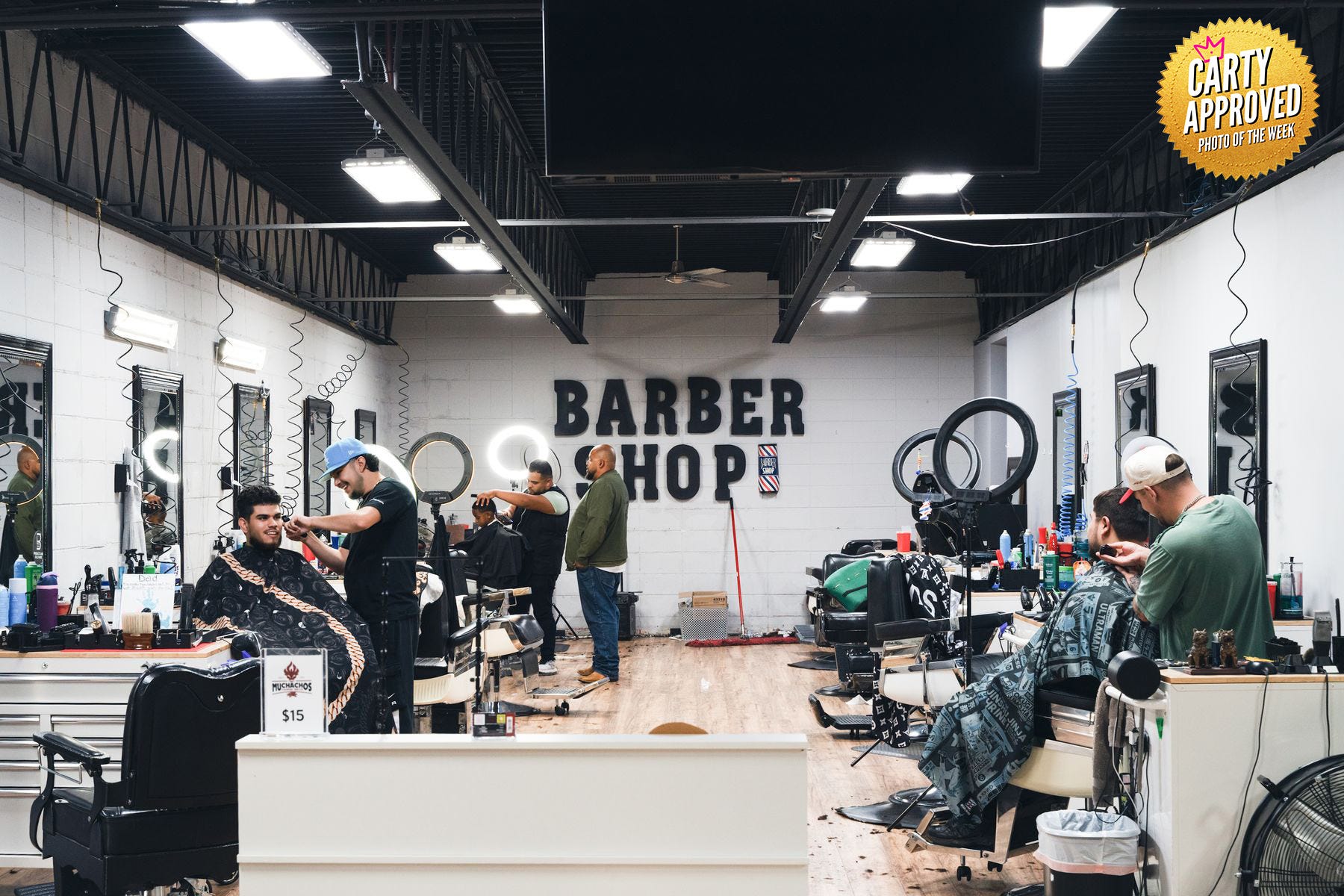
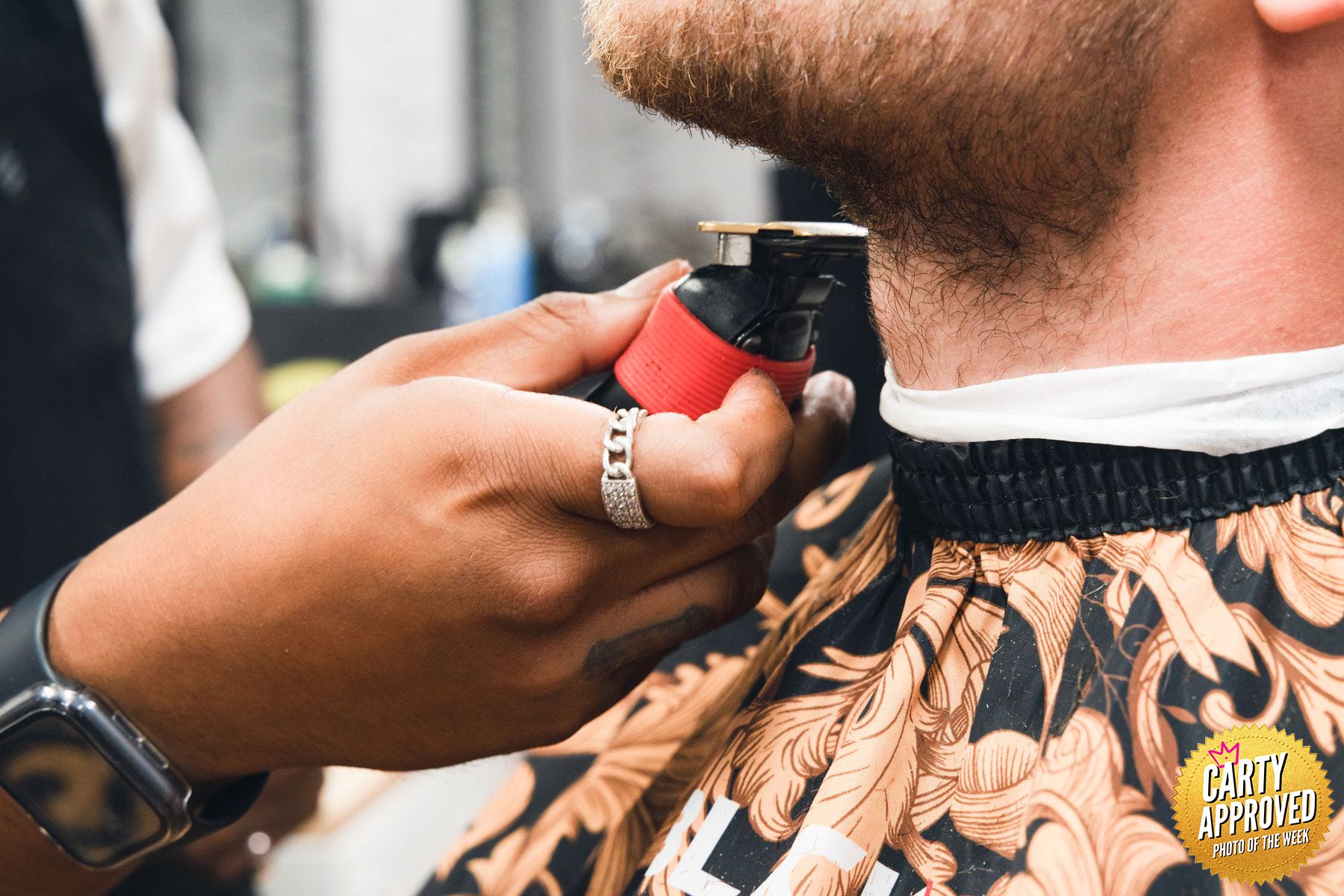
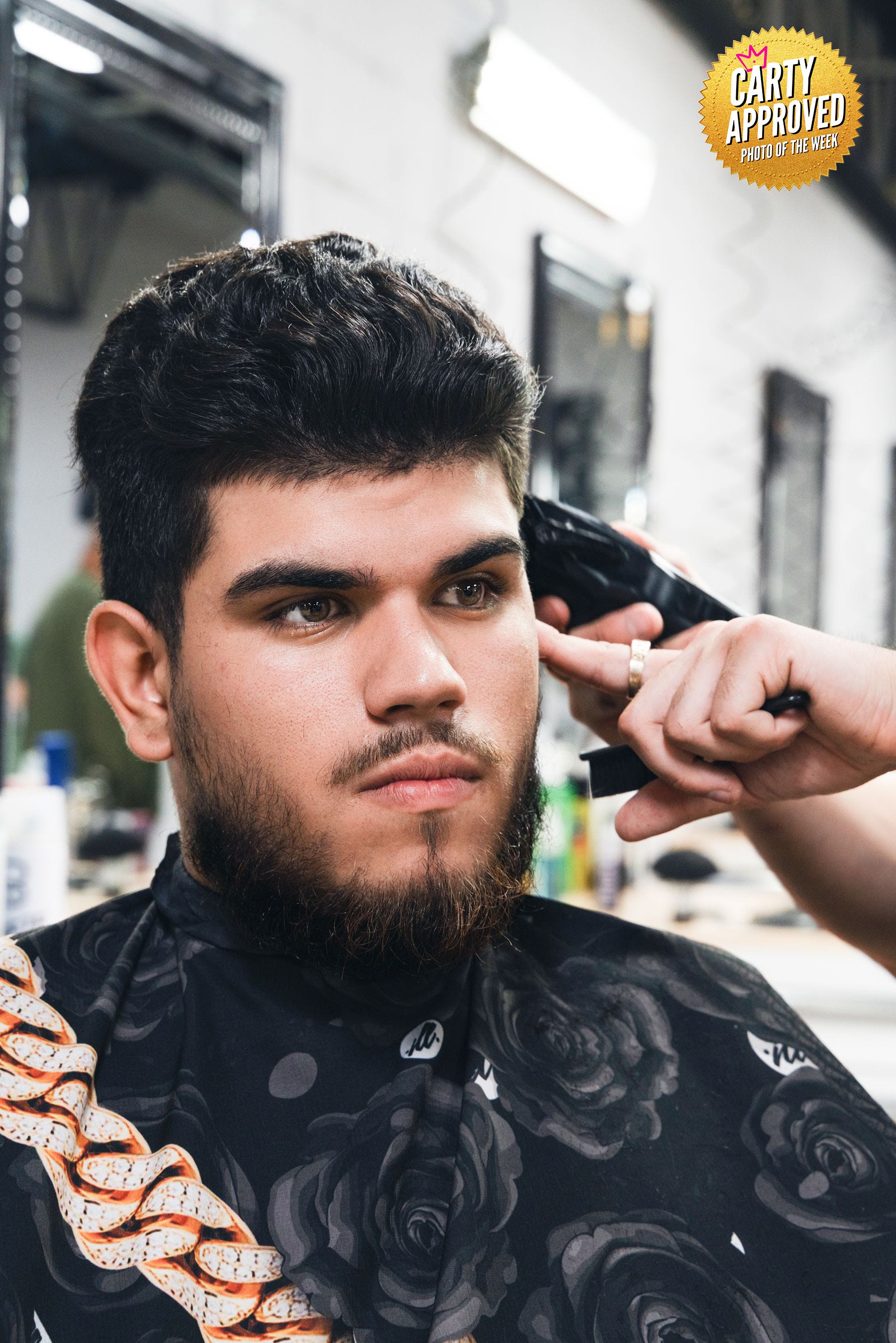
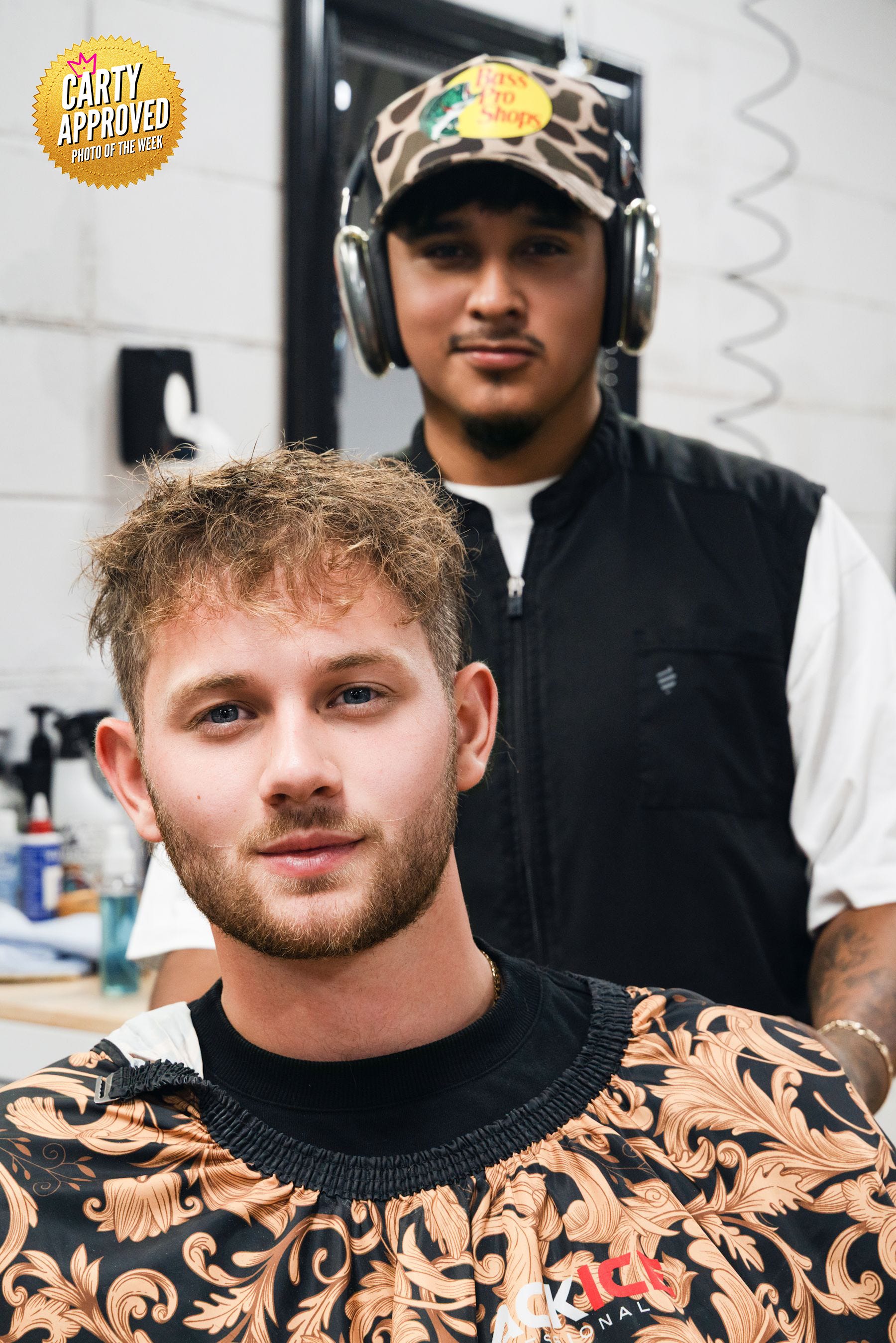
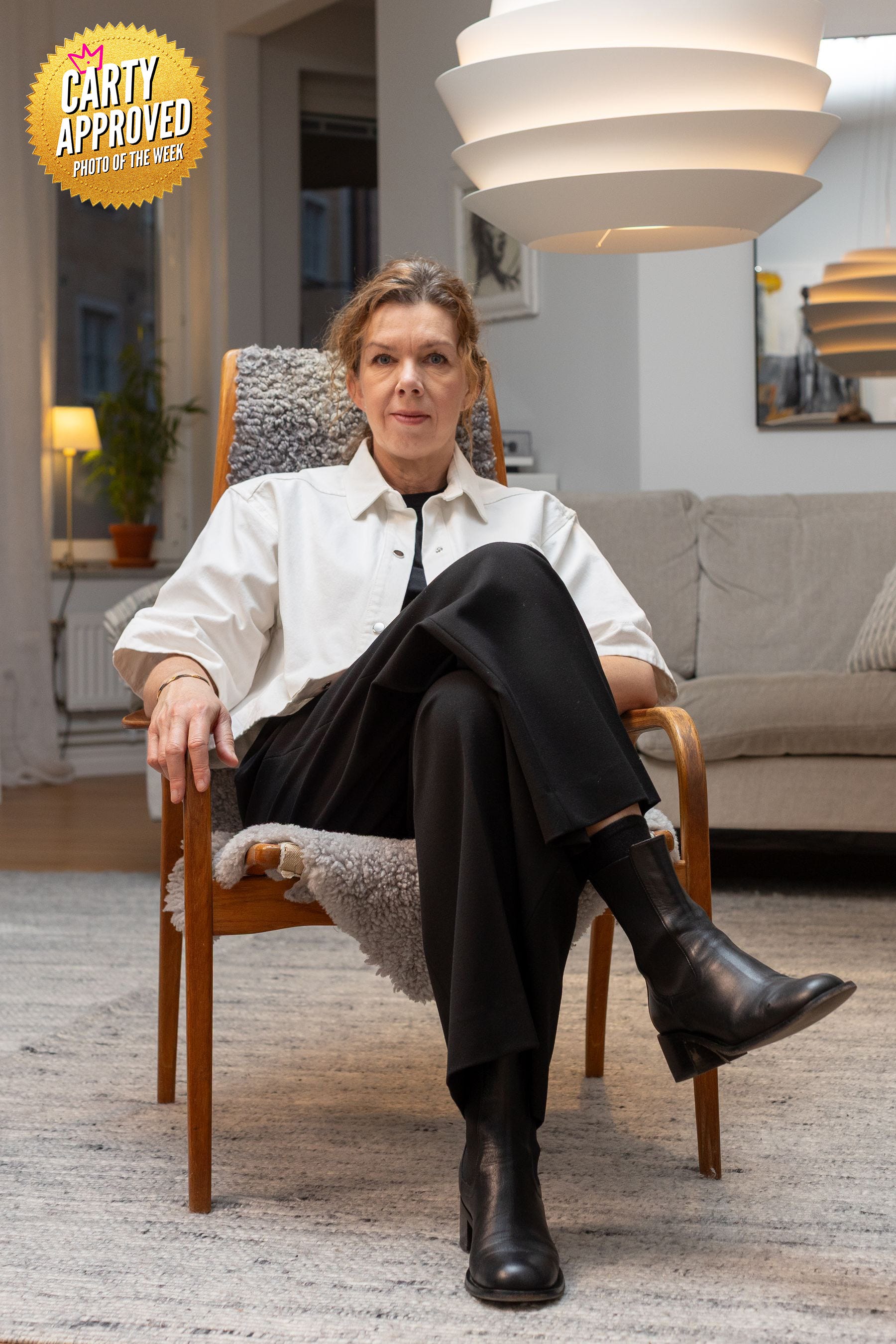
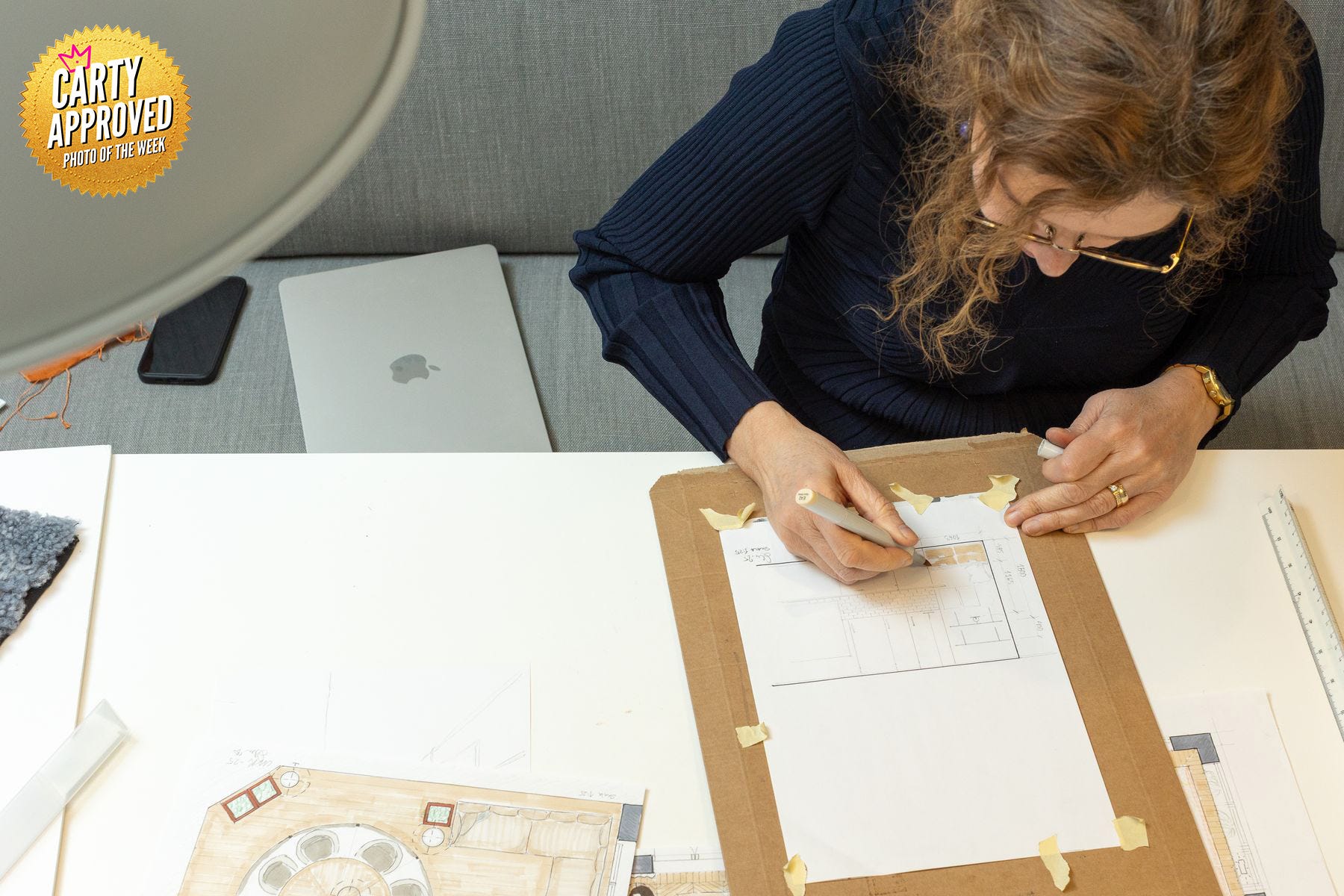
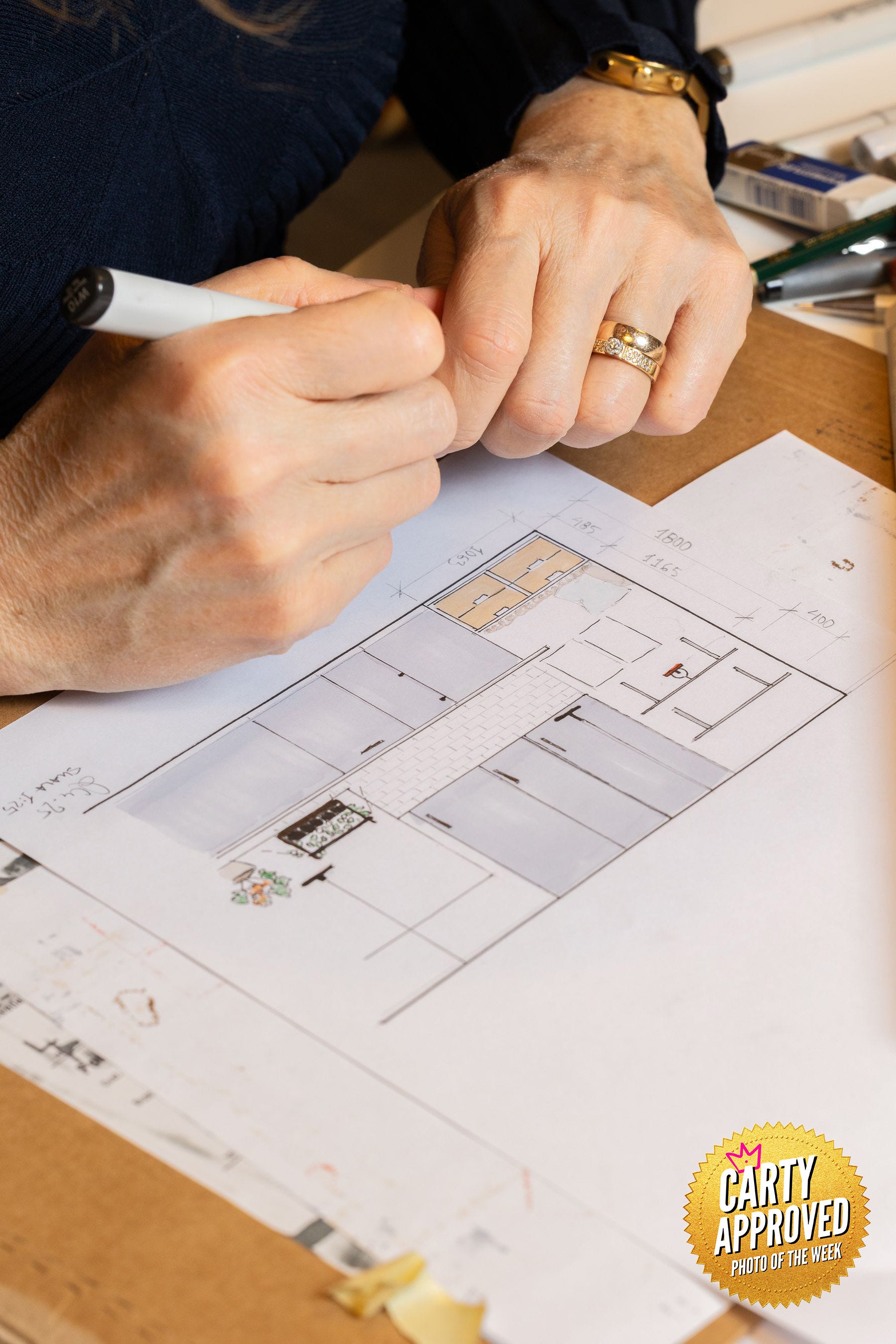
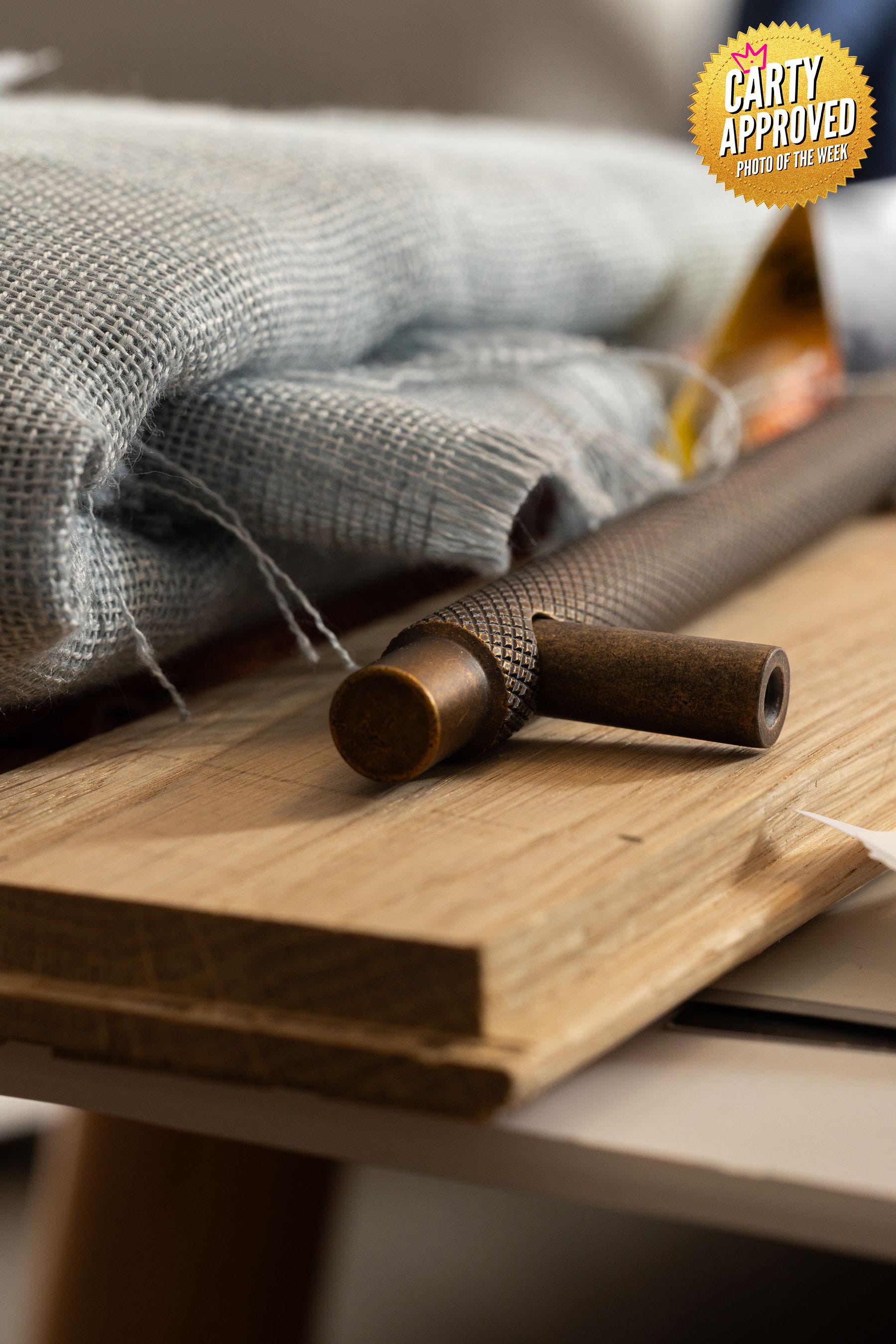
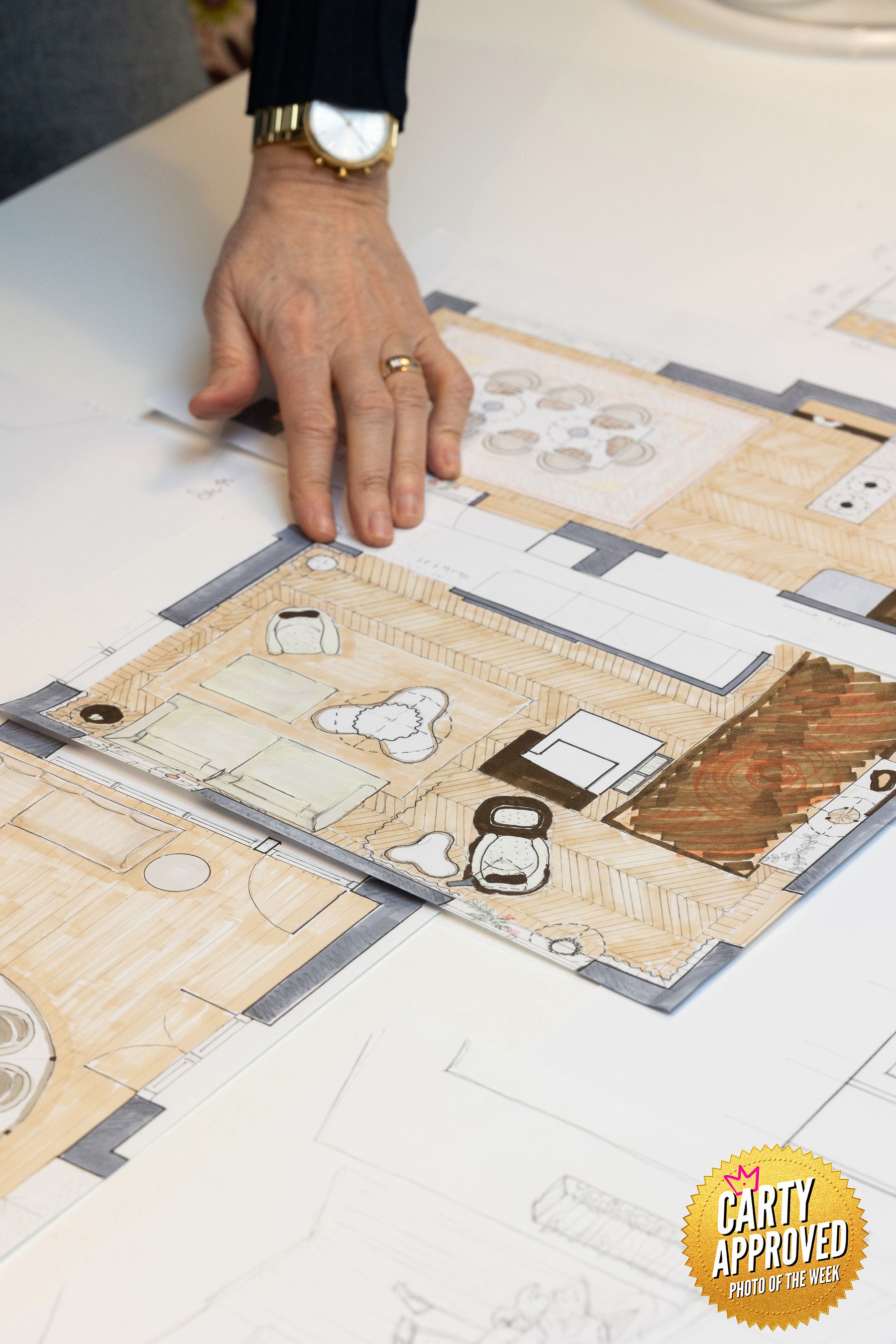
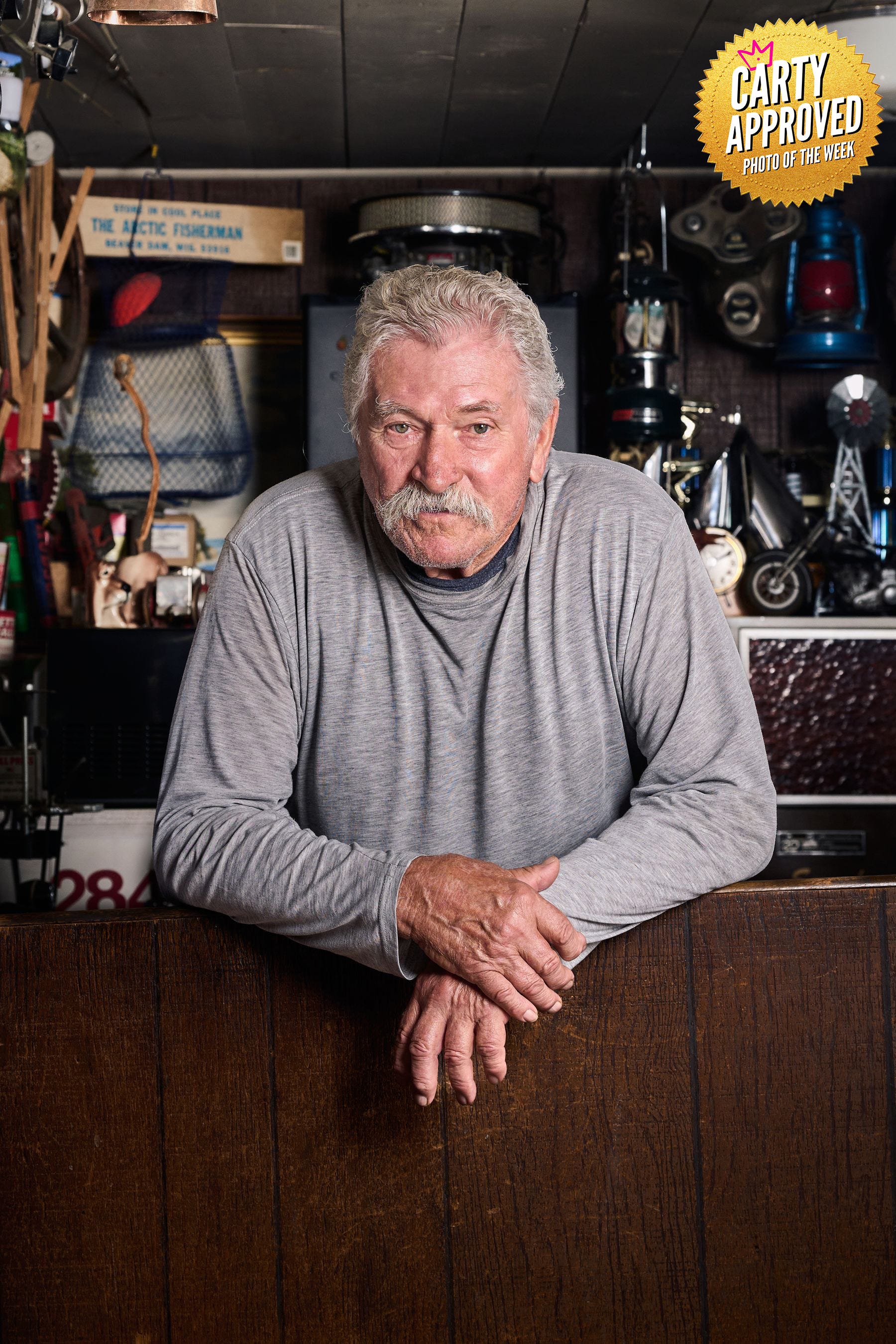
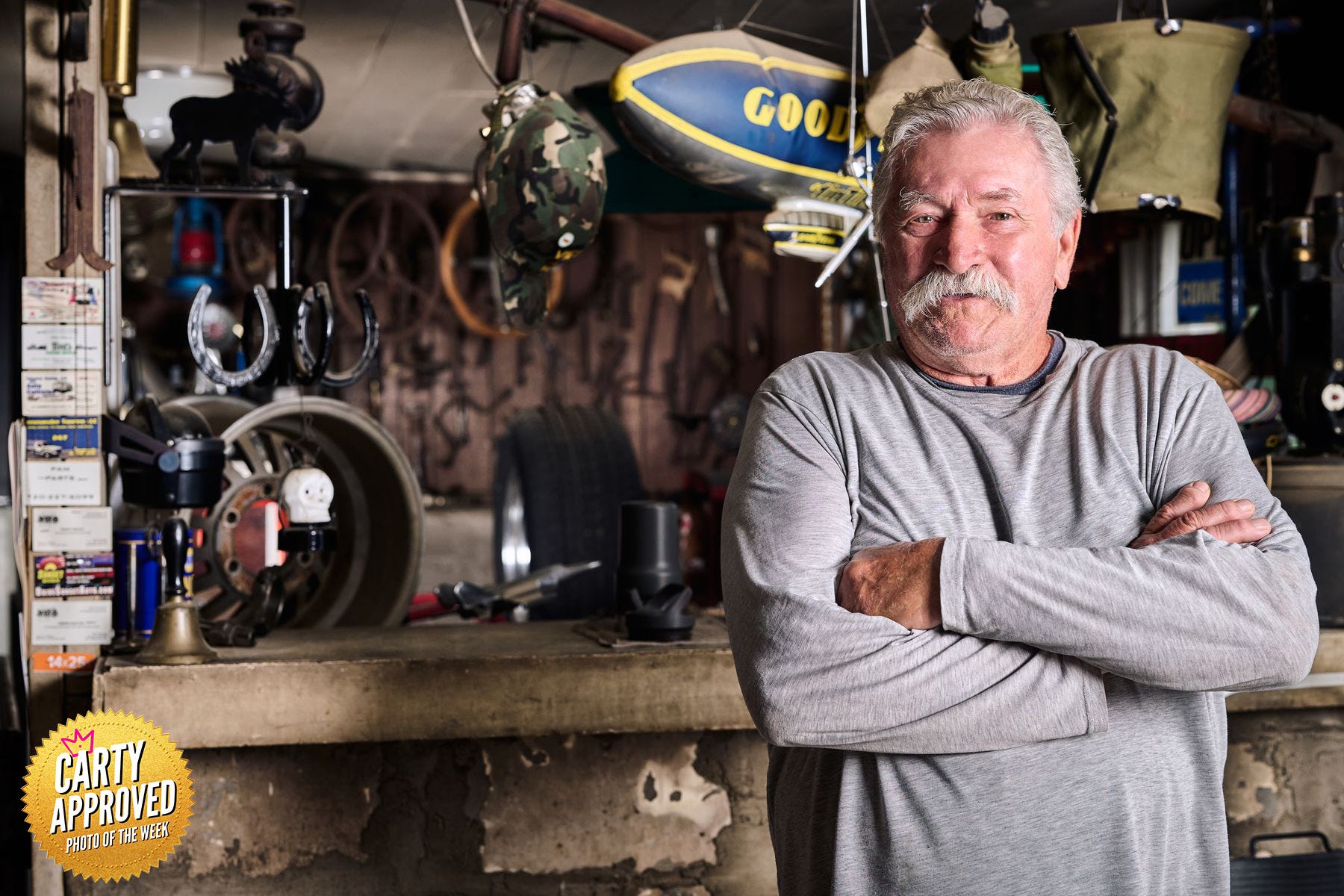
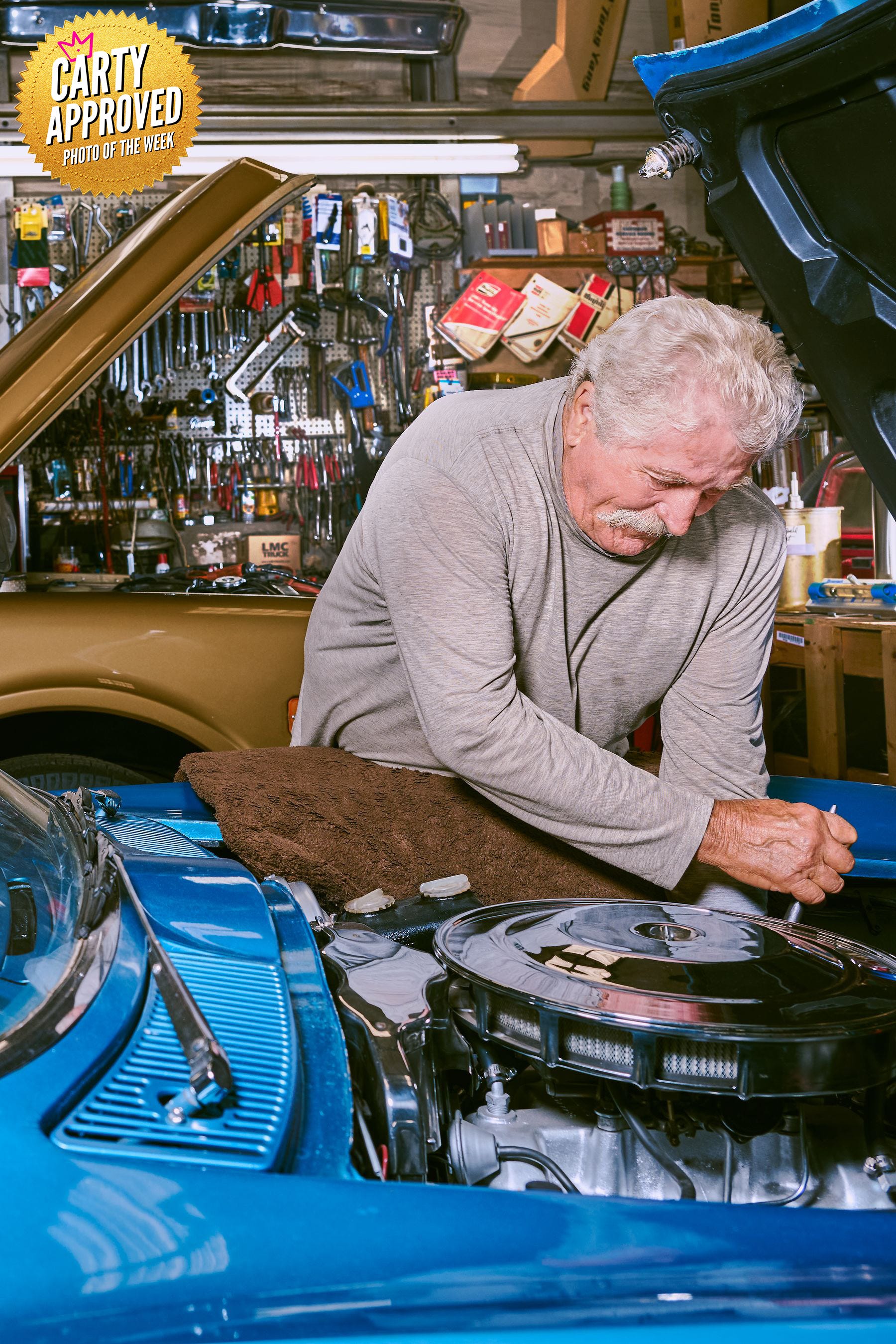
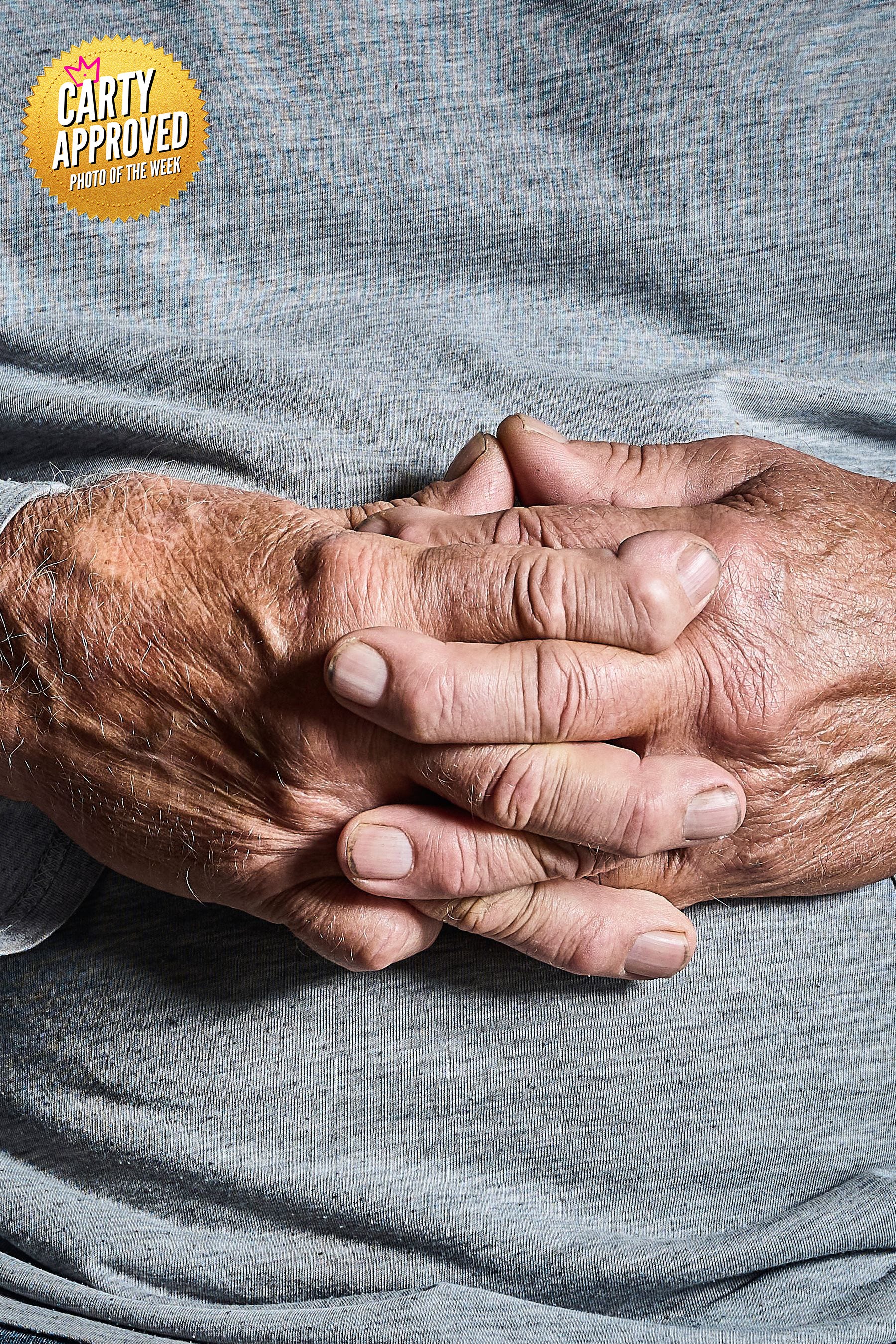
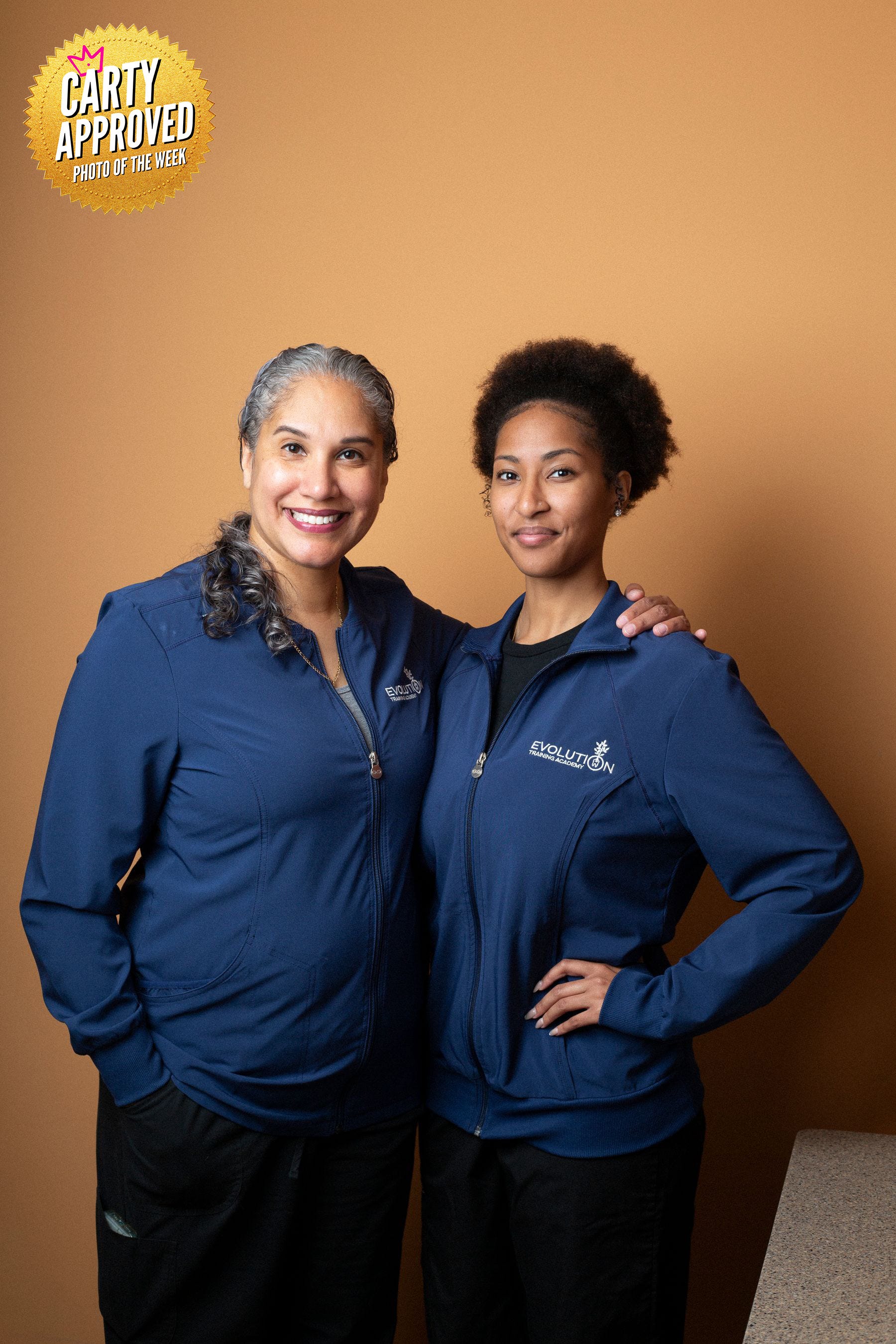
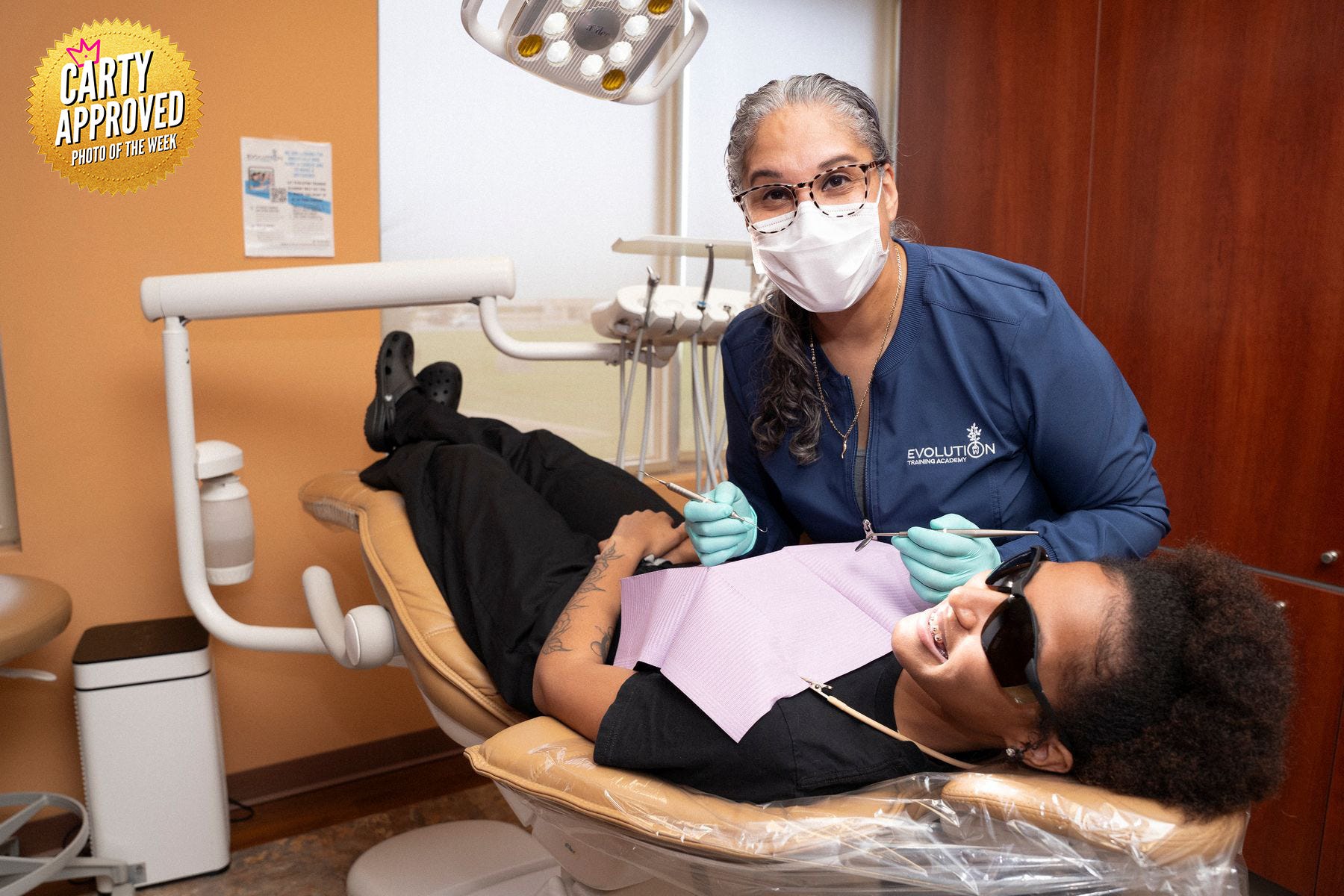
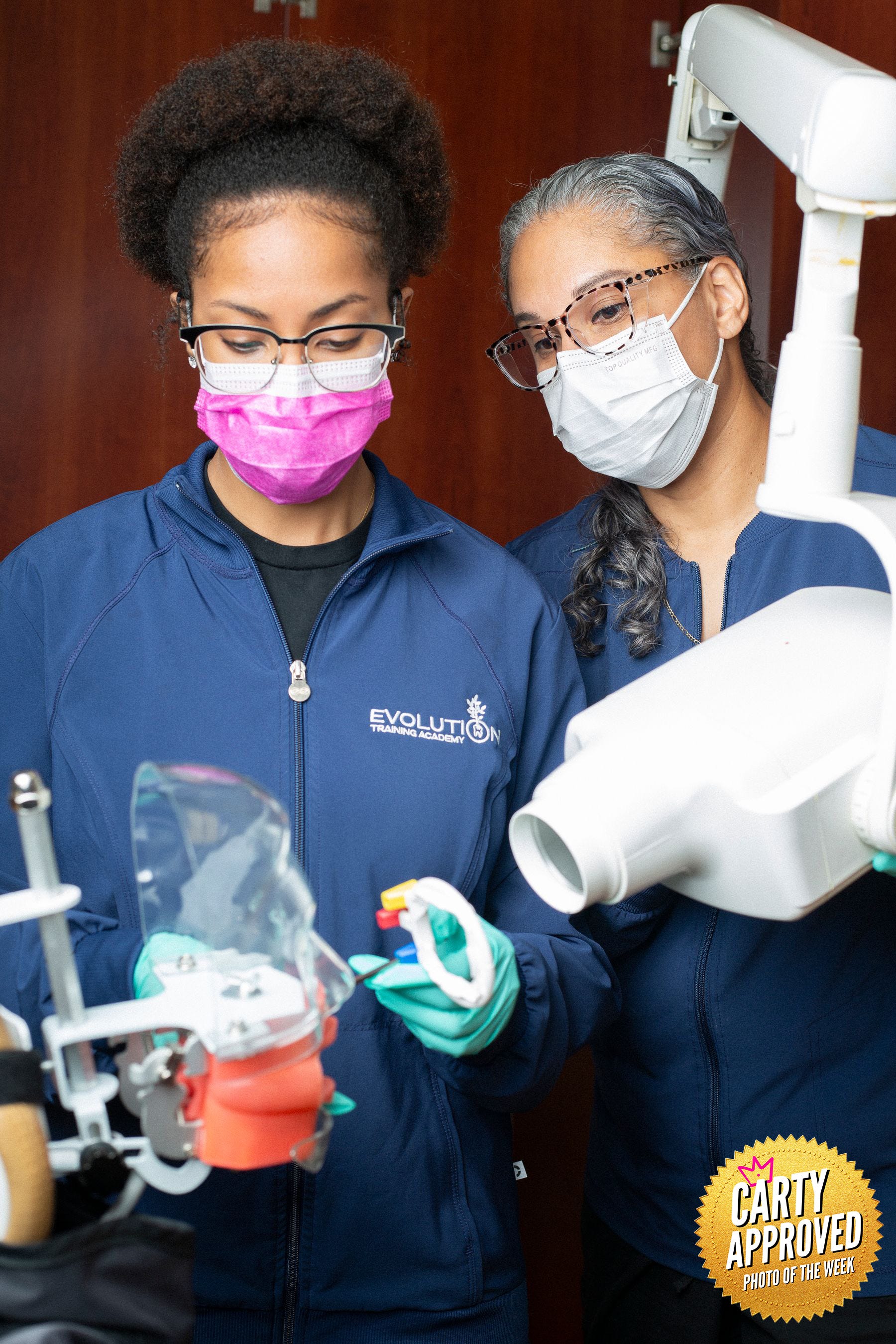
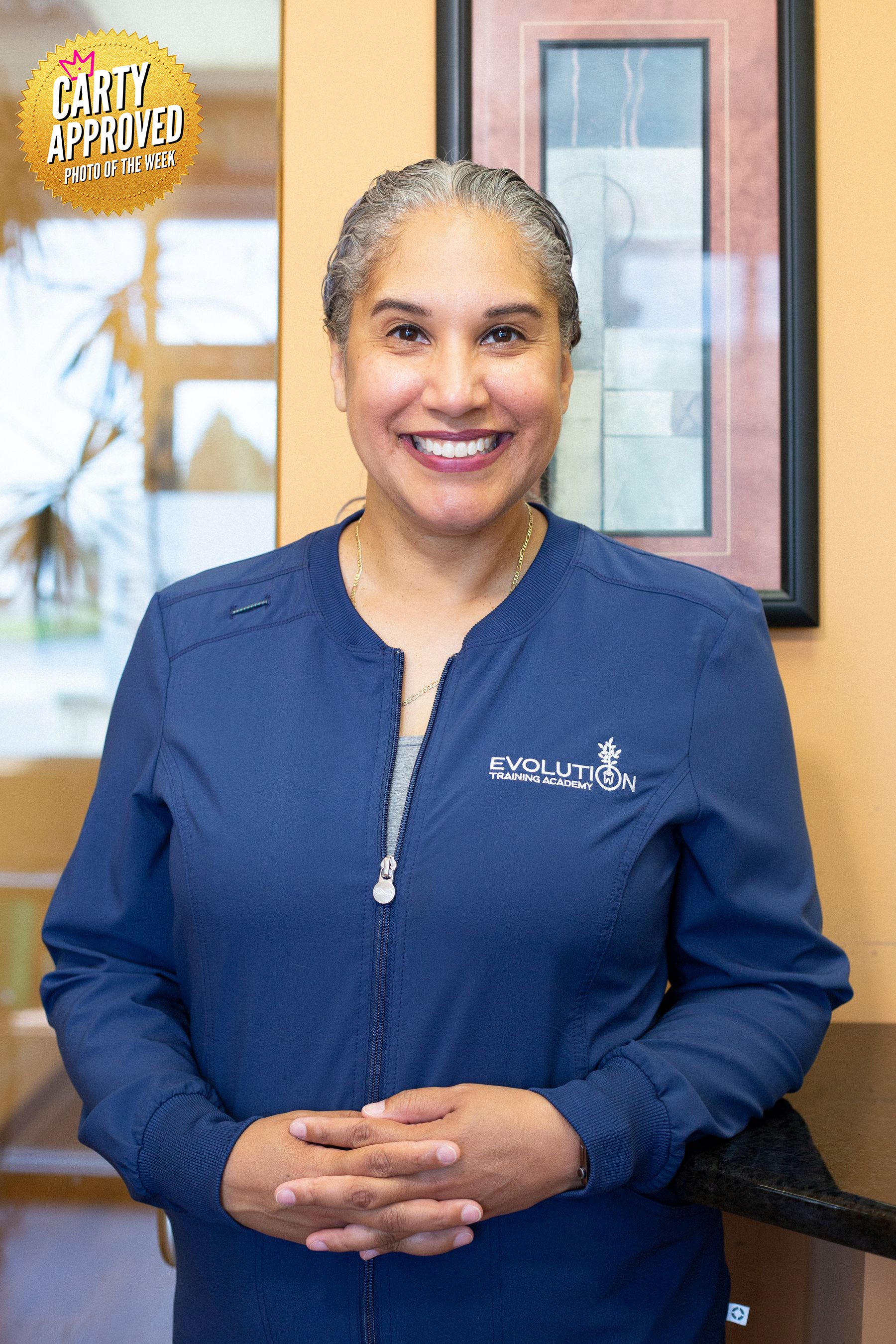
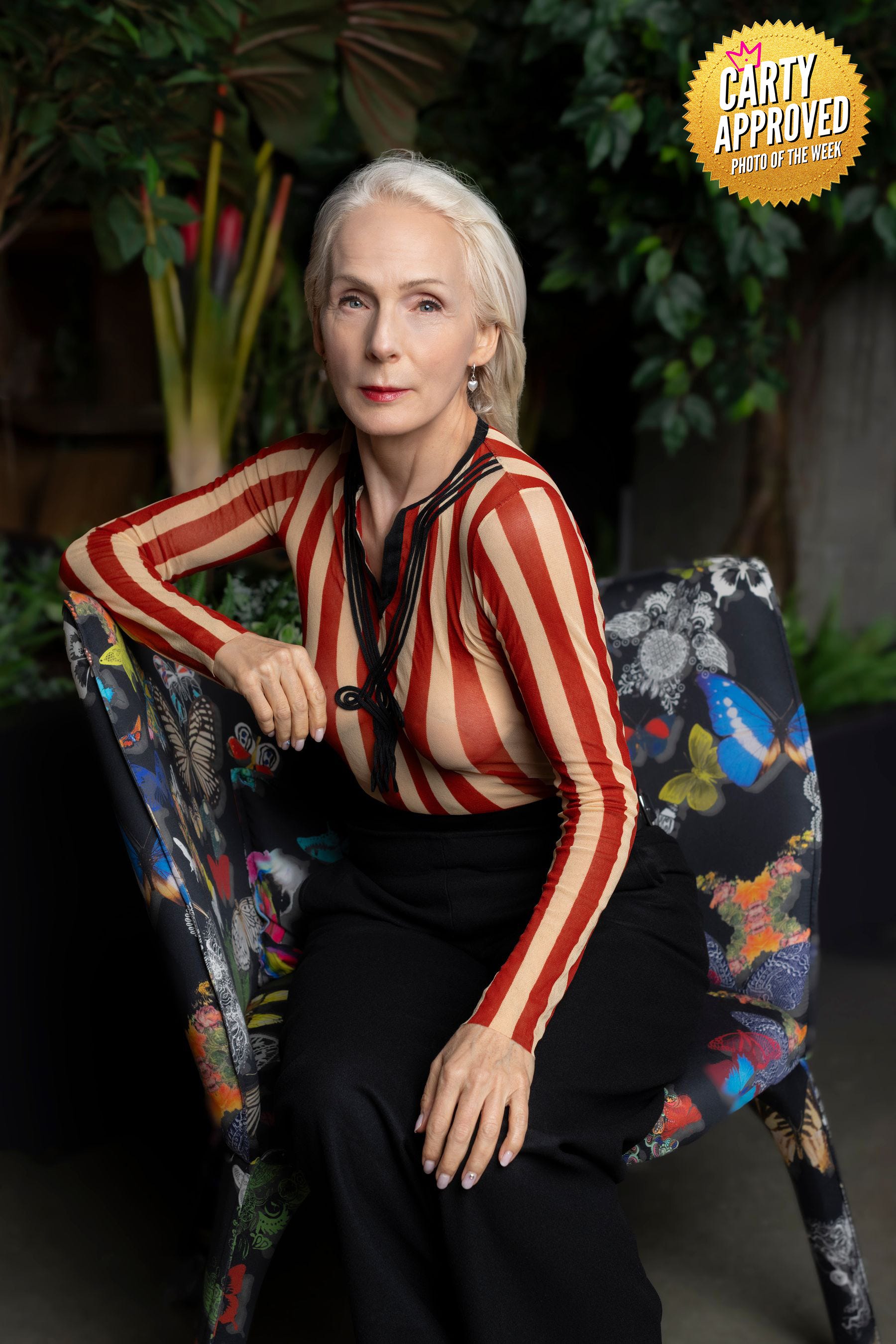
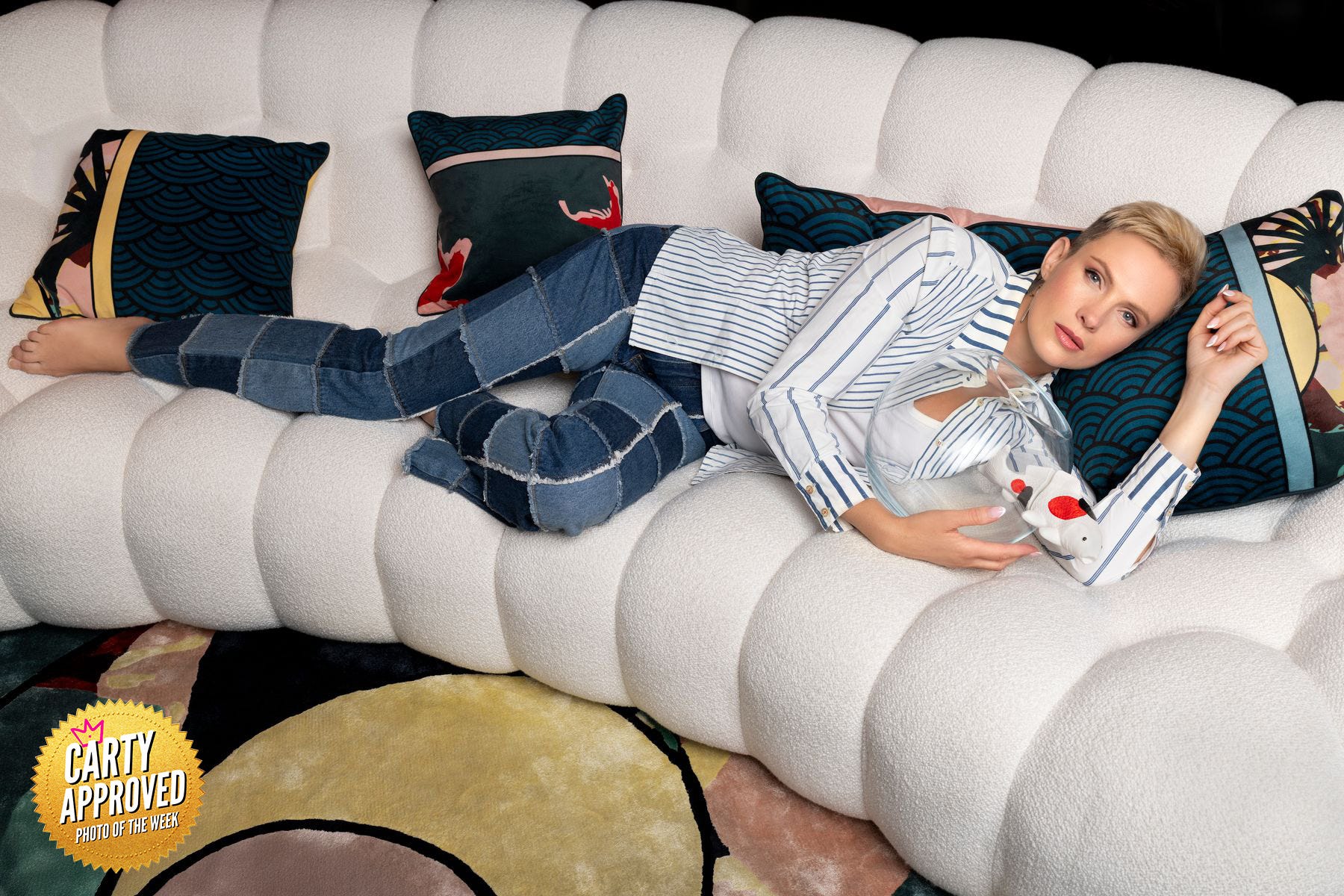
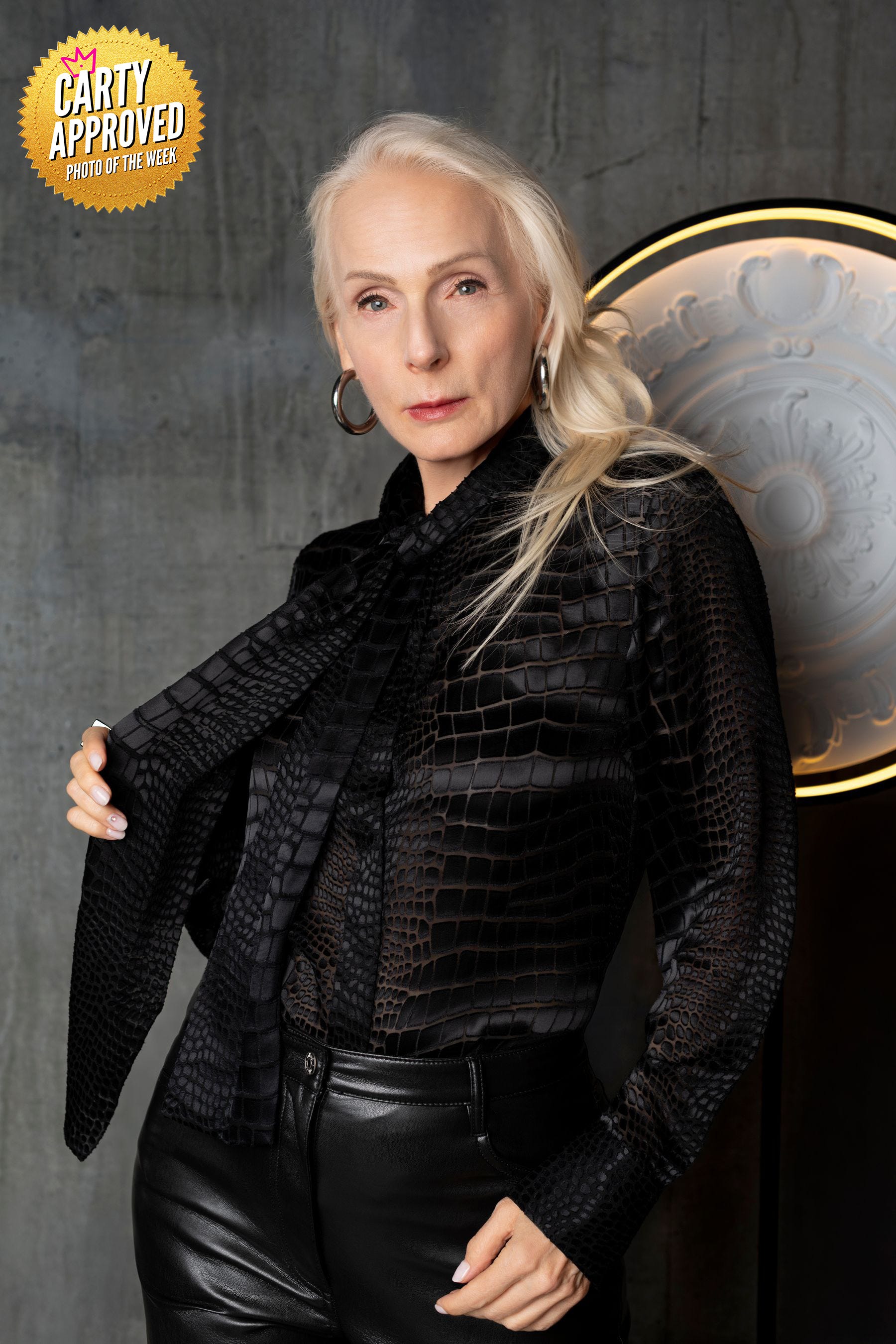
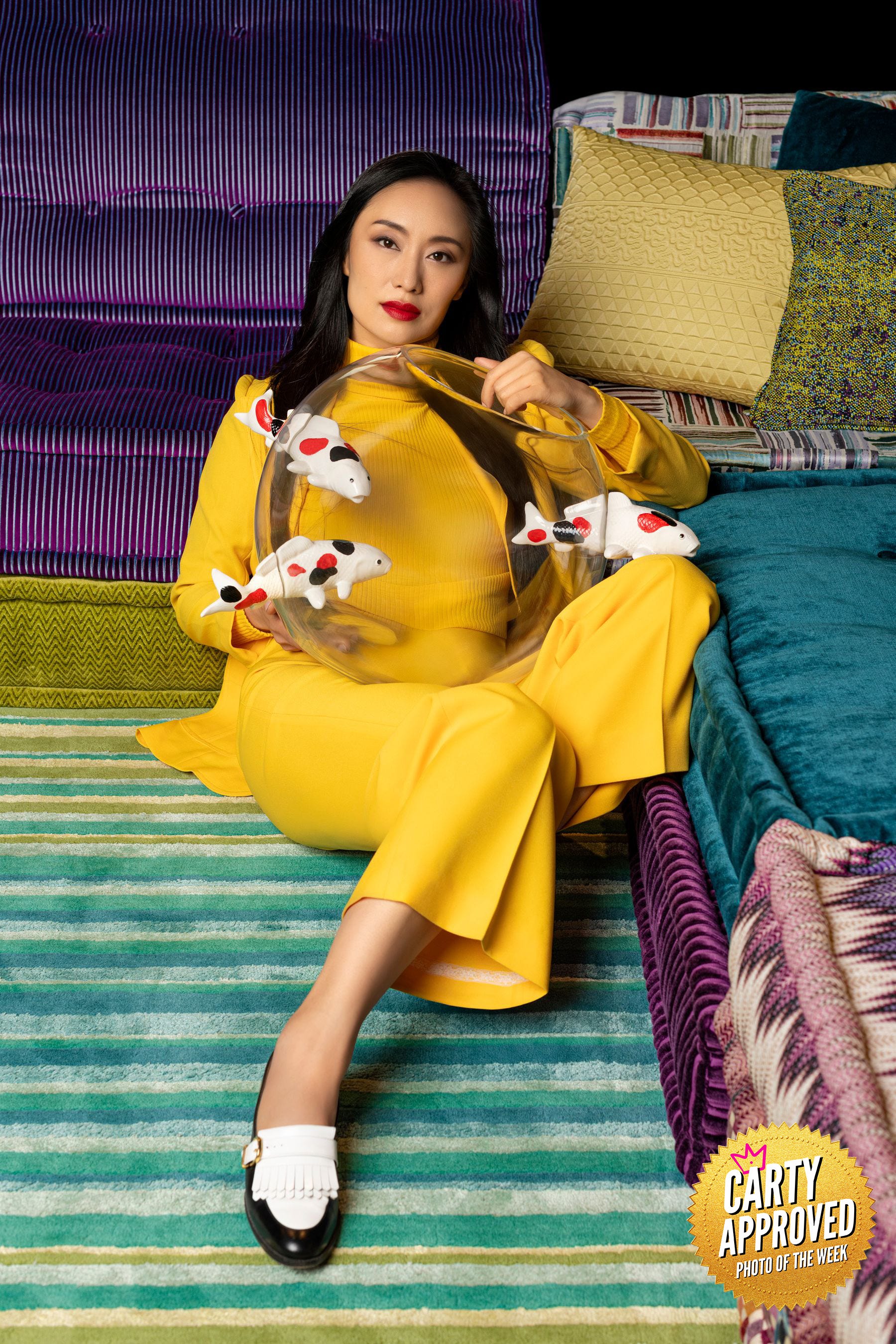
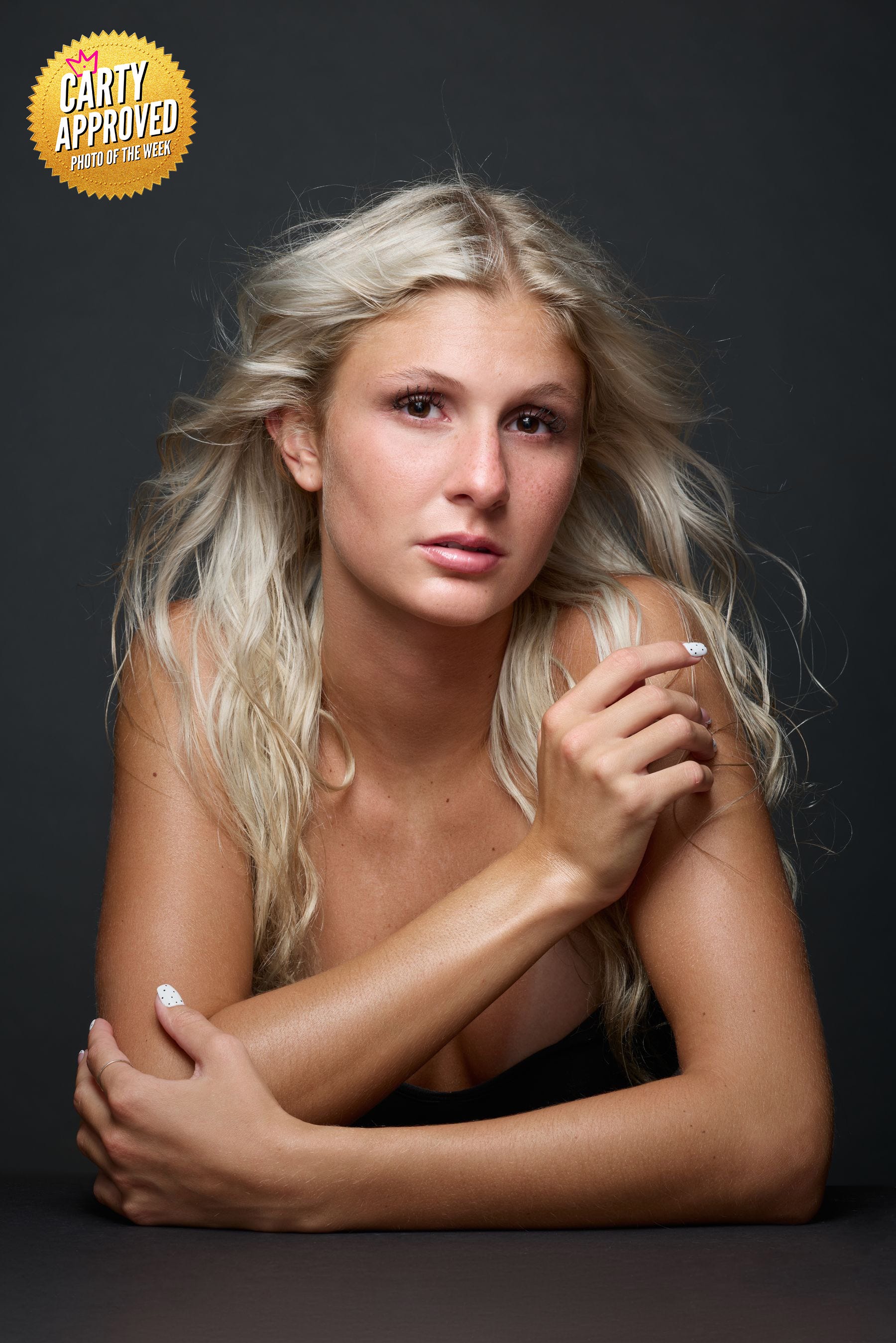
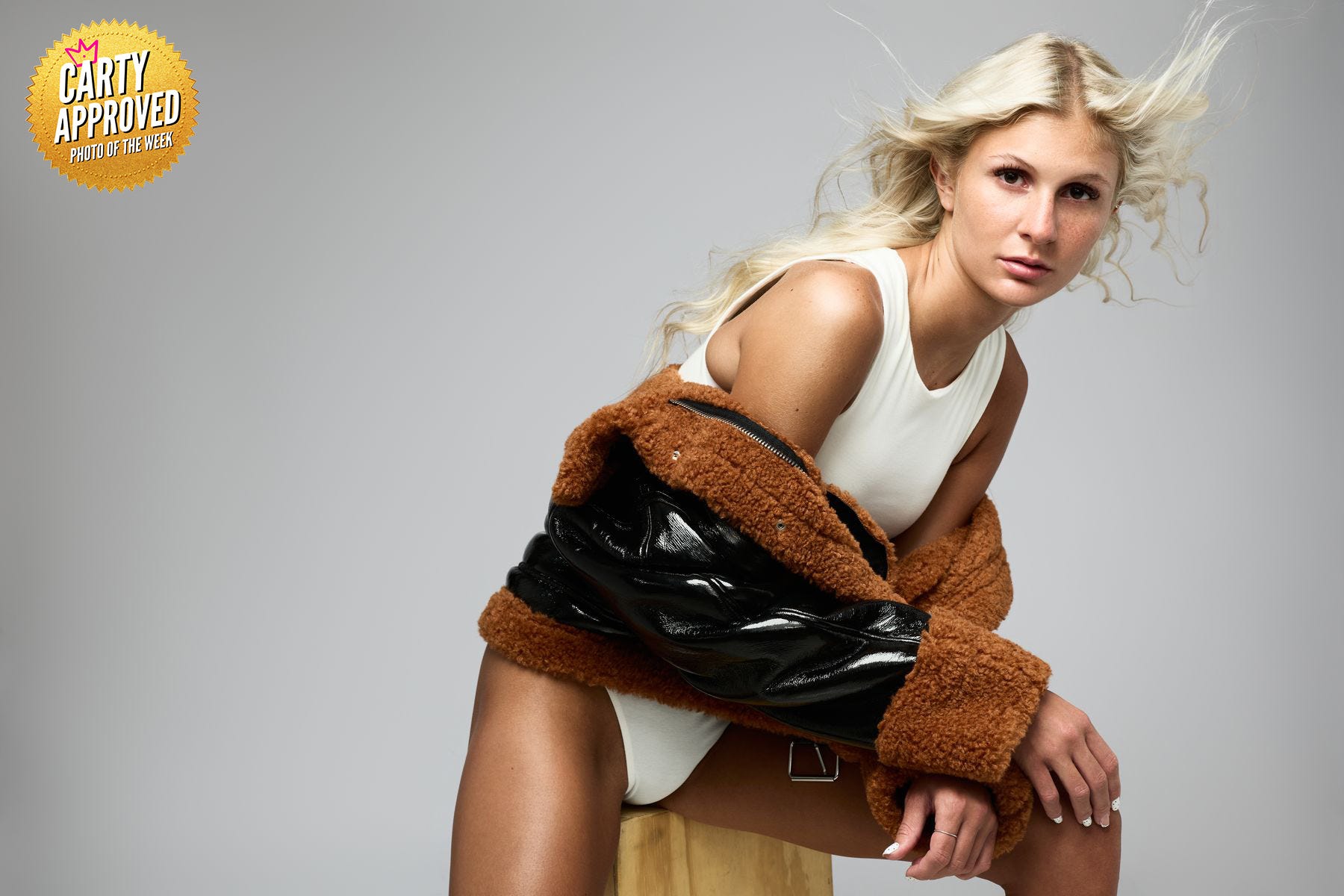
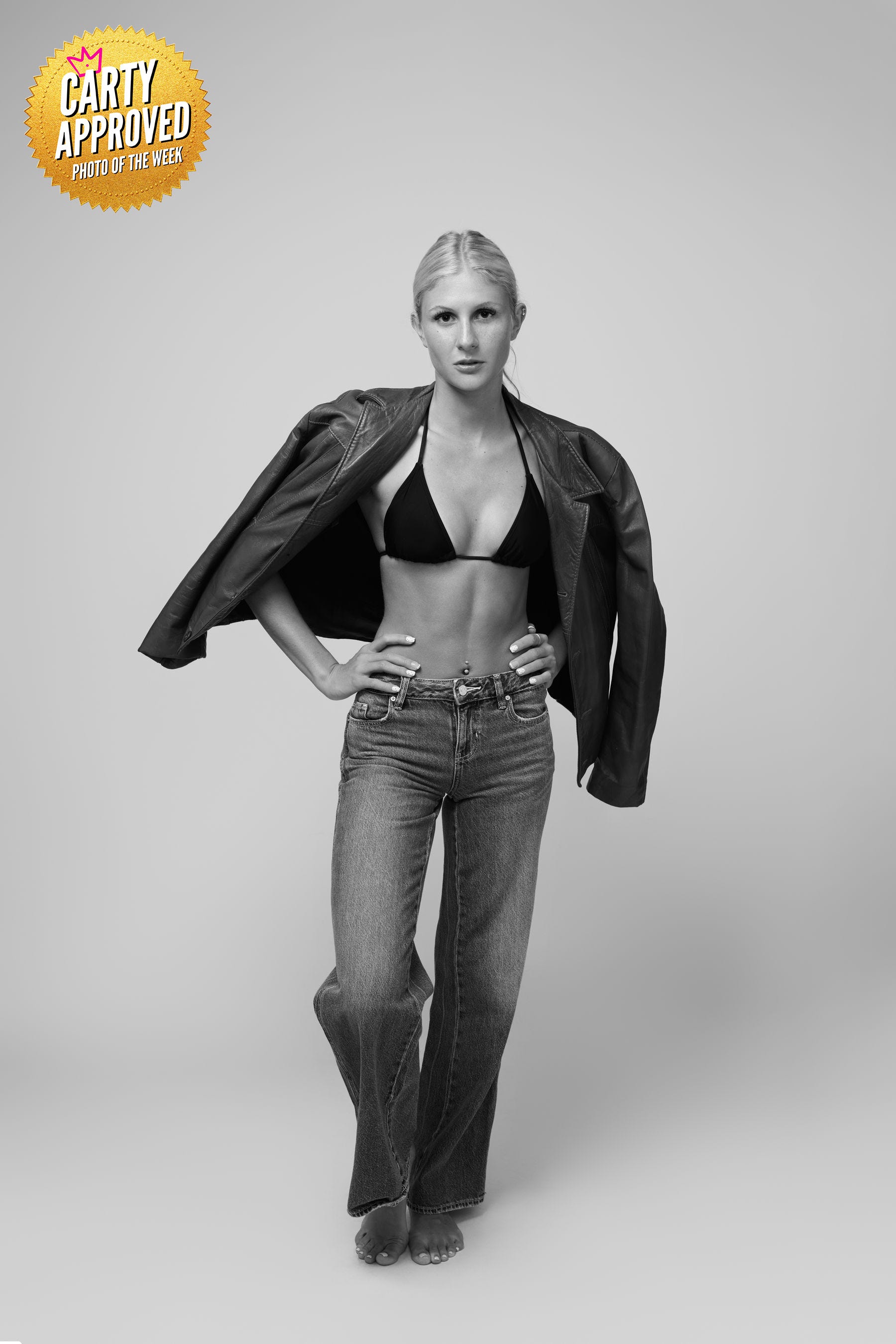
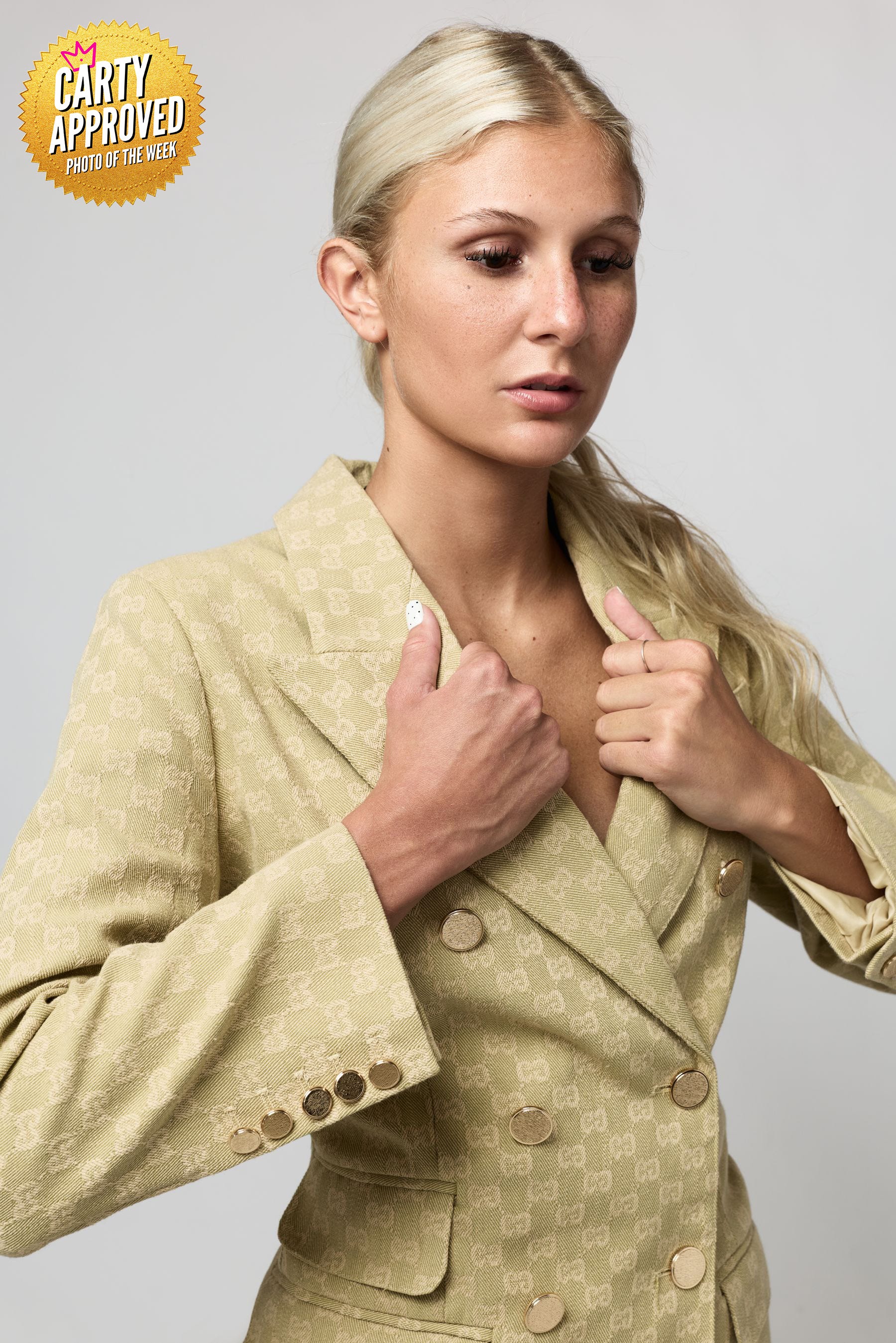
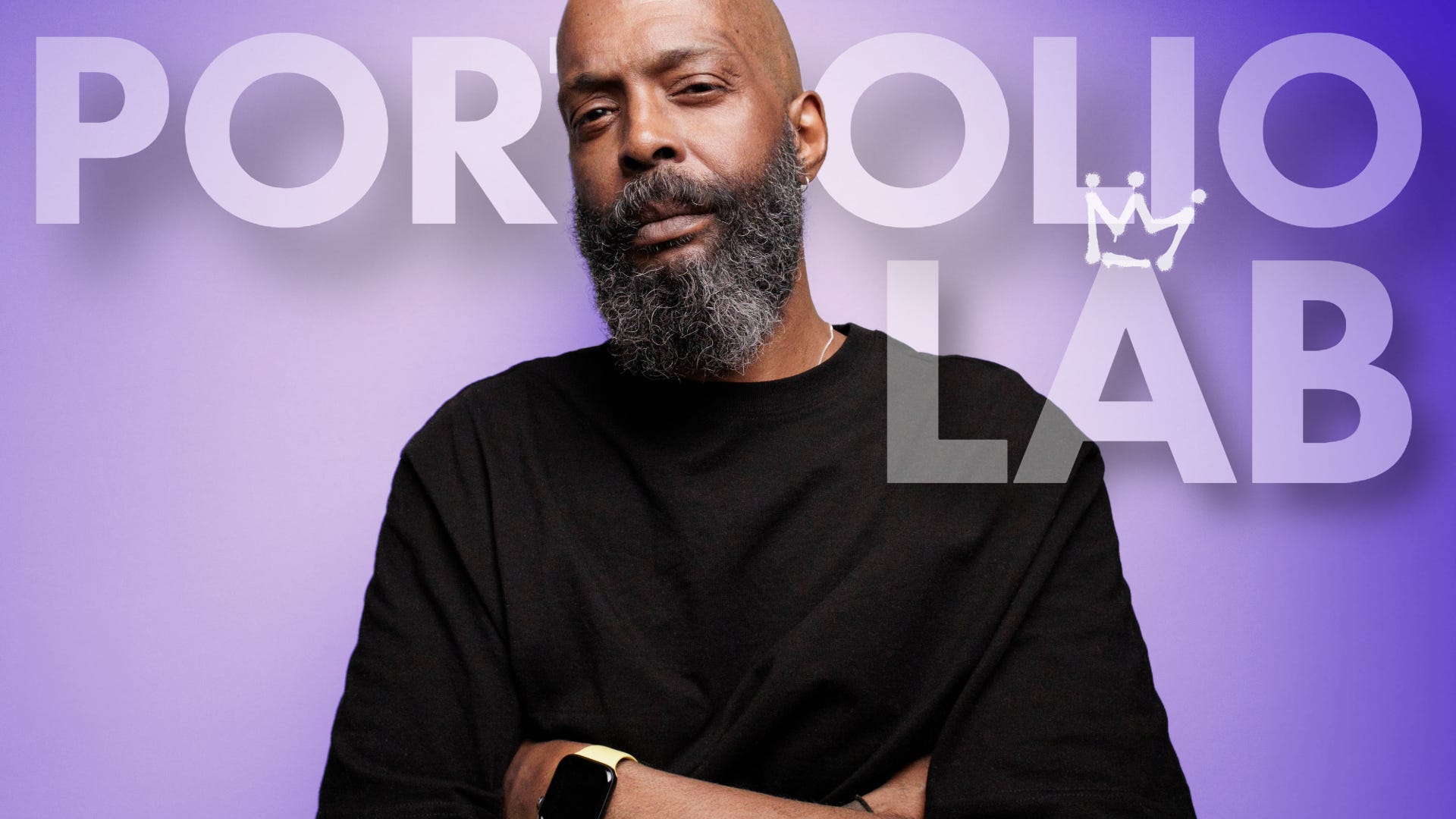

Such a great series of fantastic work by the Carty Crew; congratulations every one !